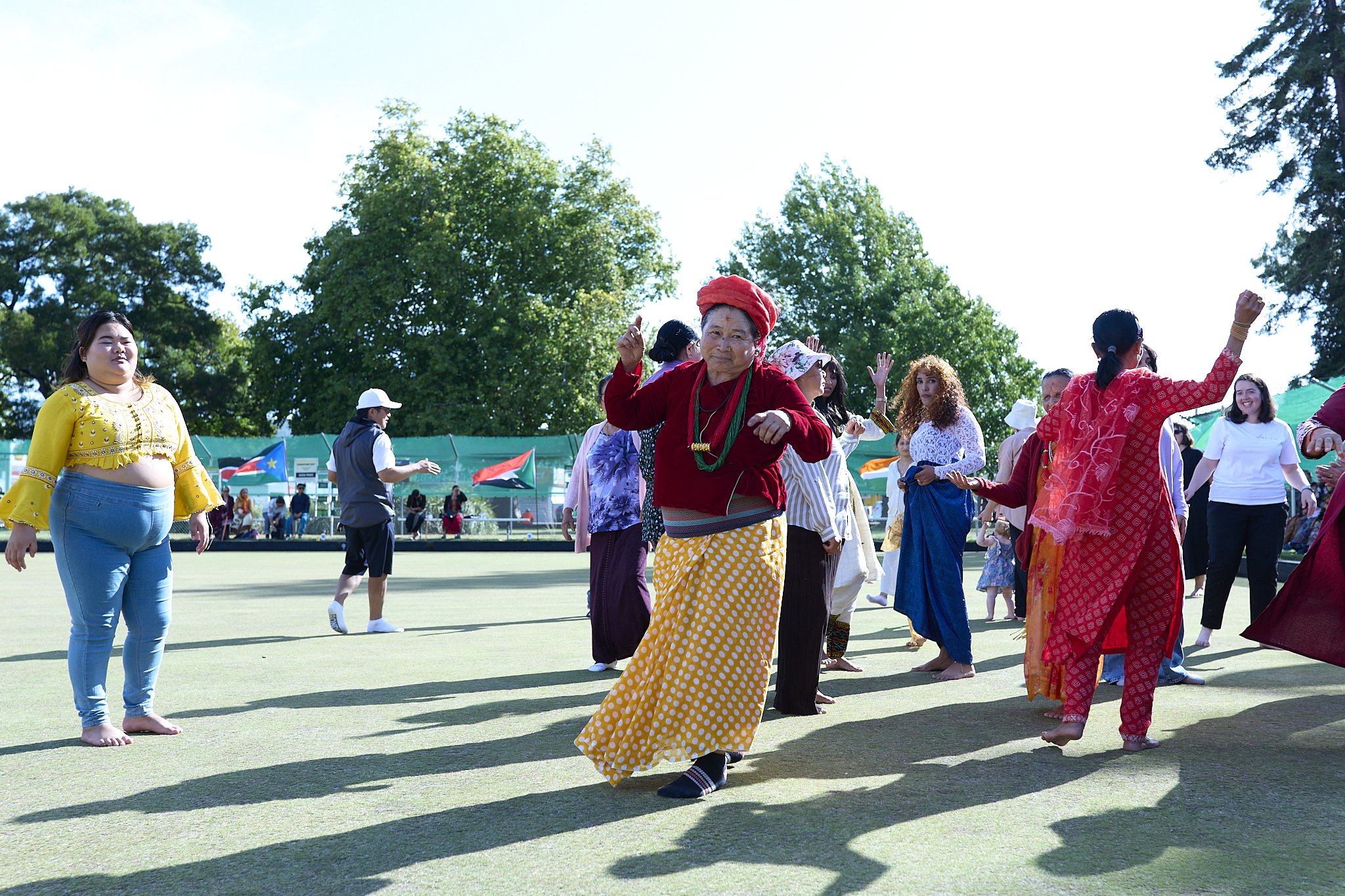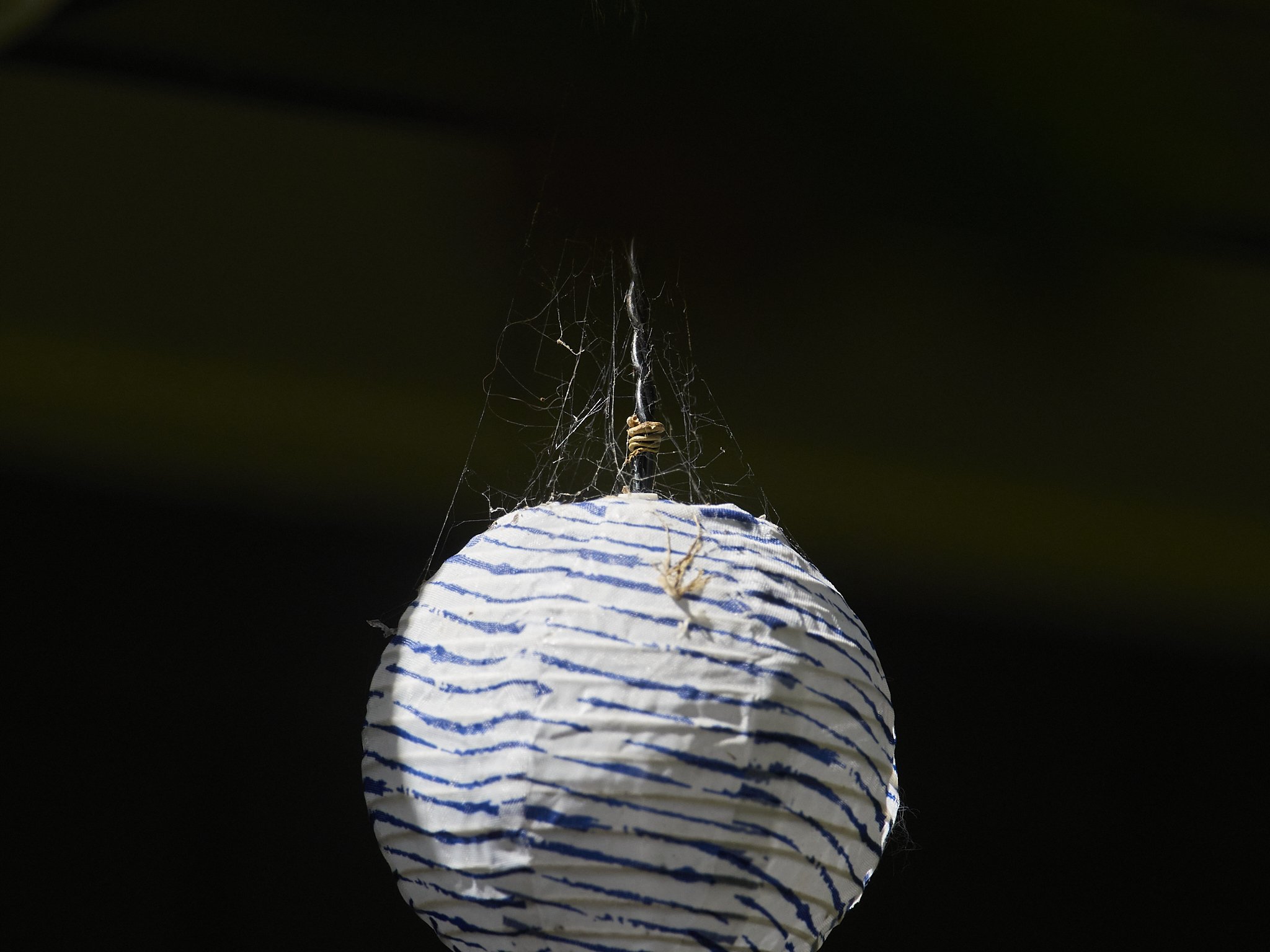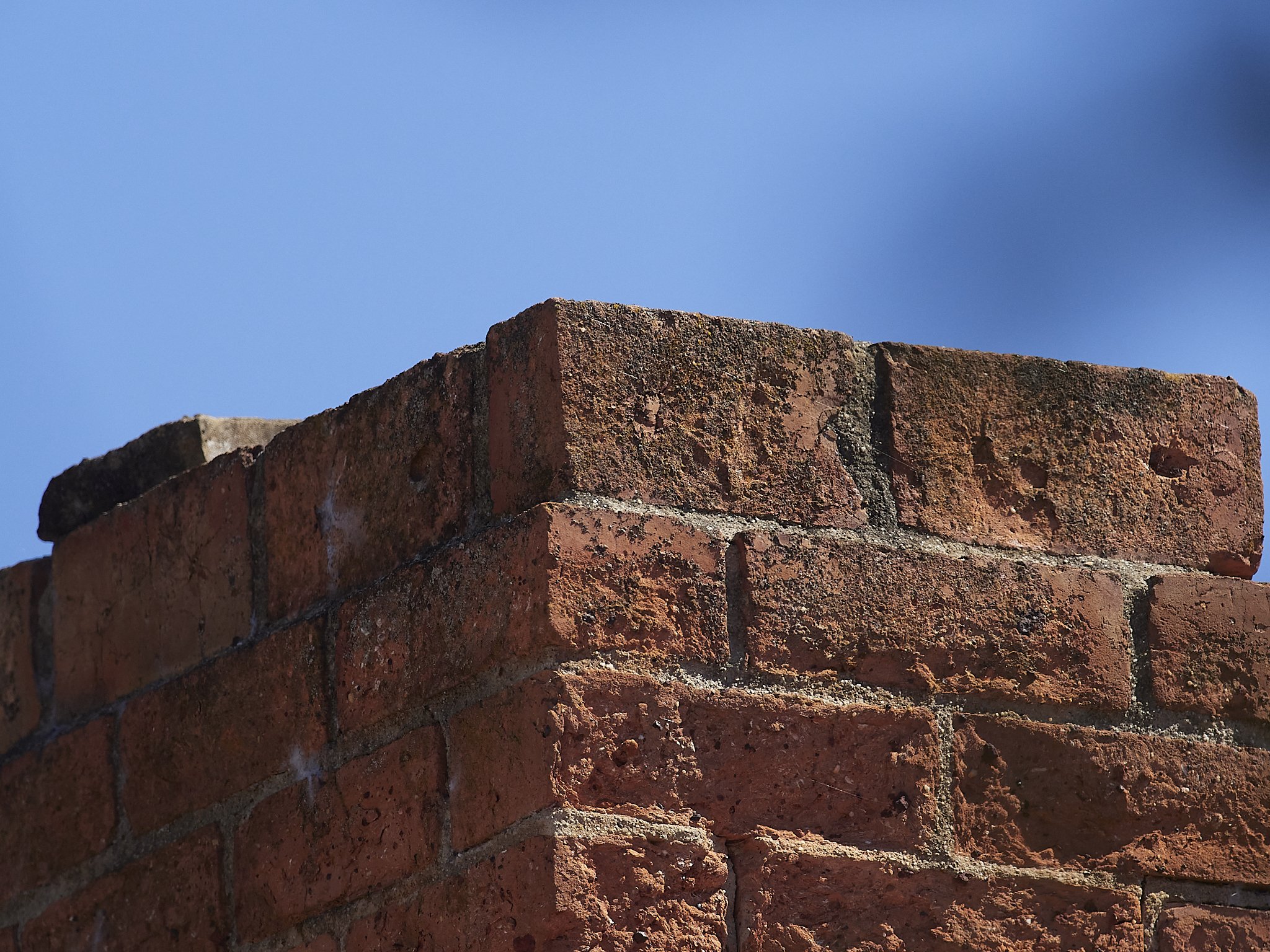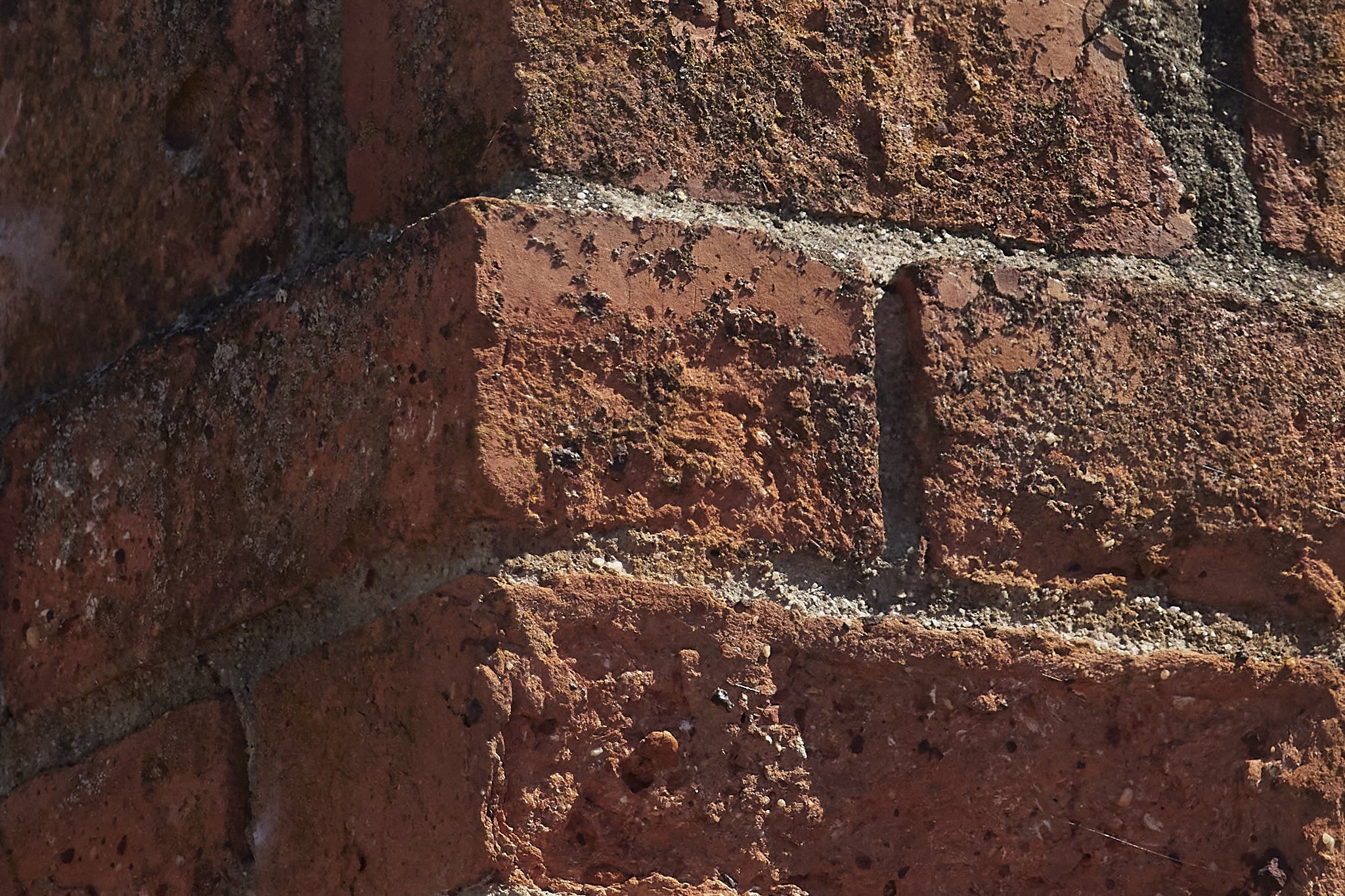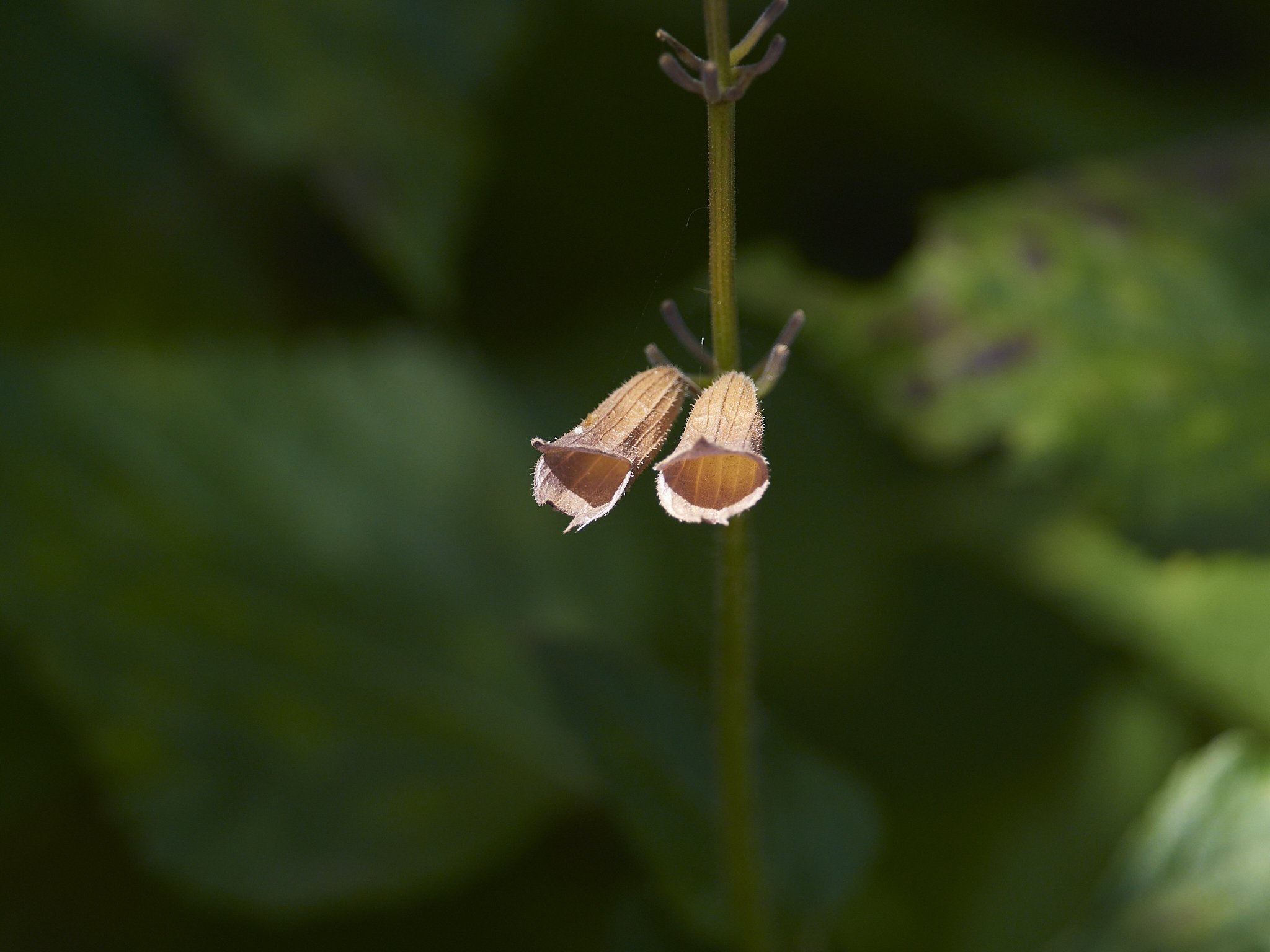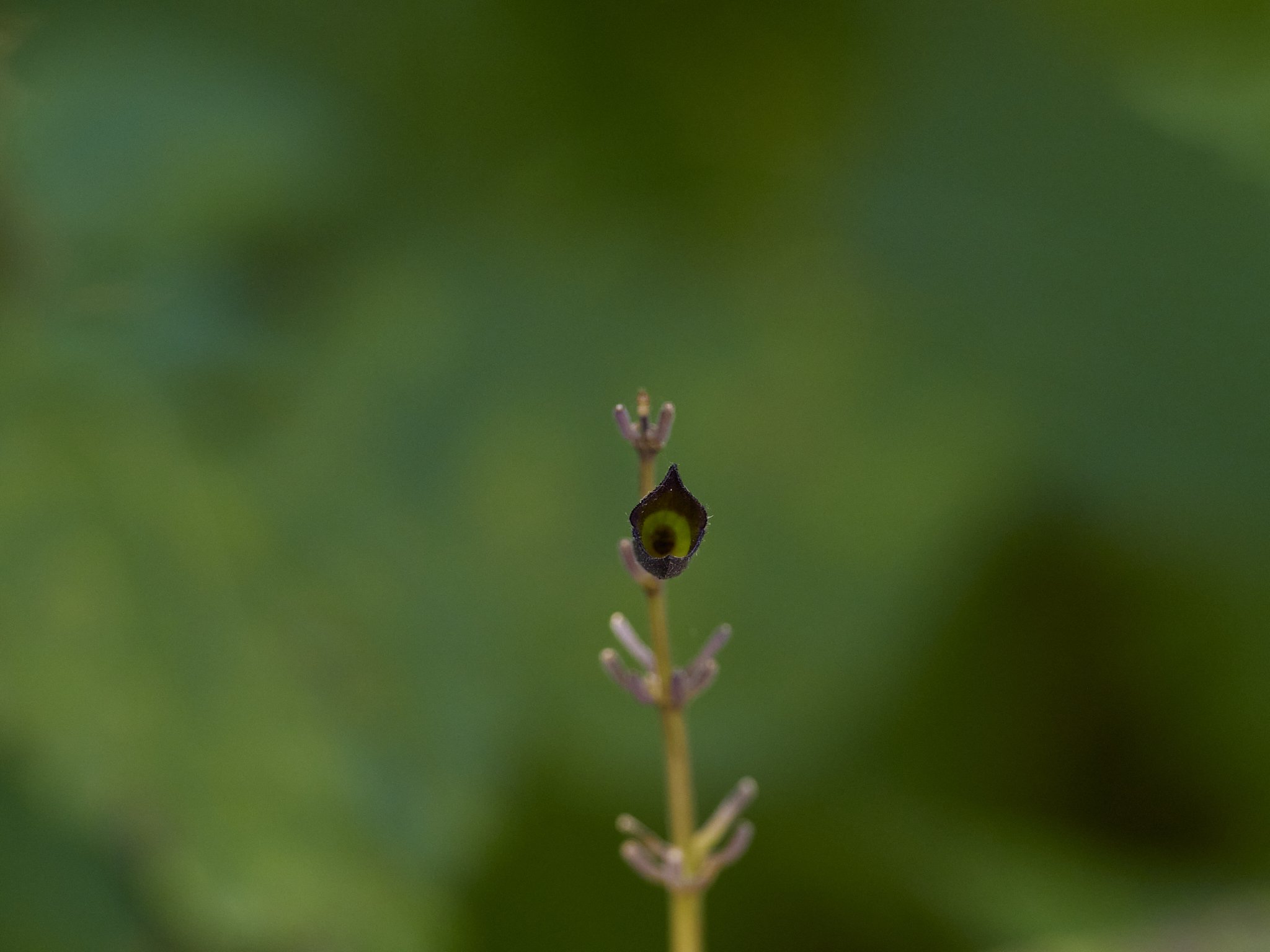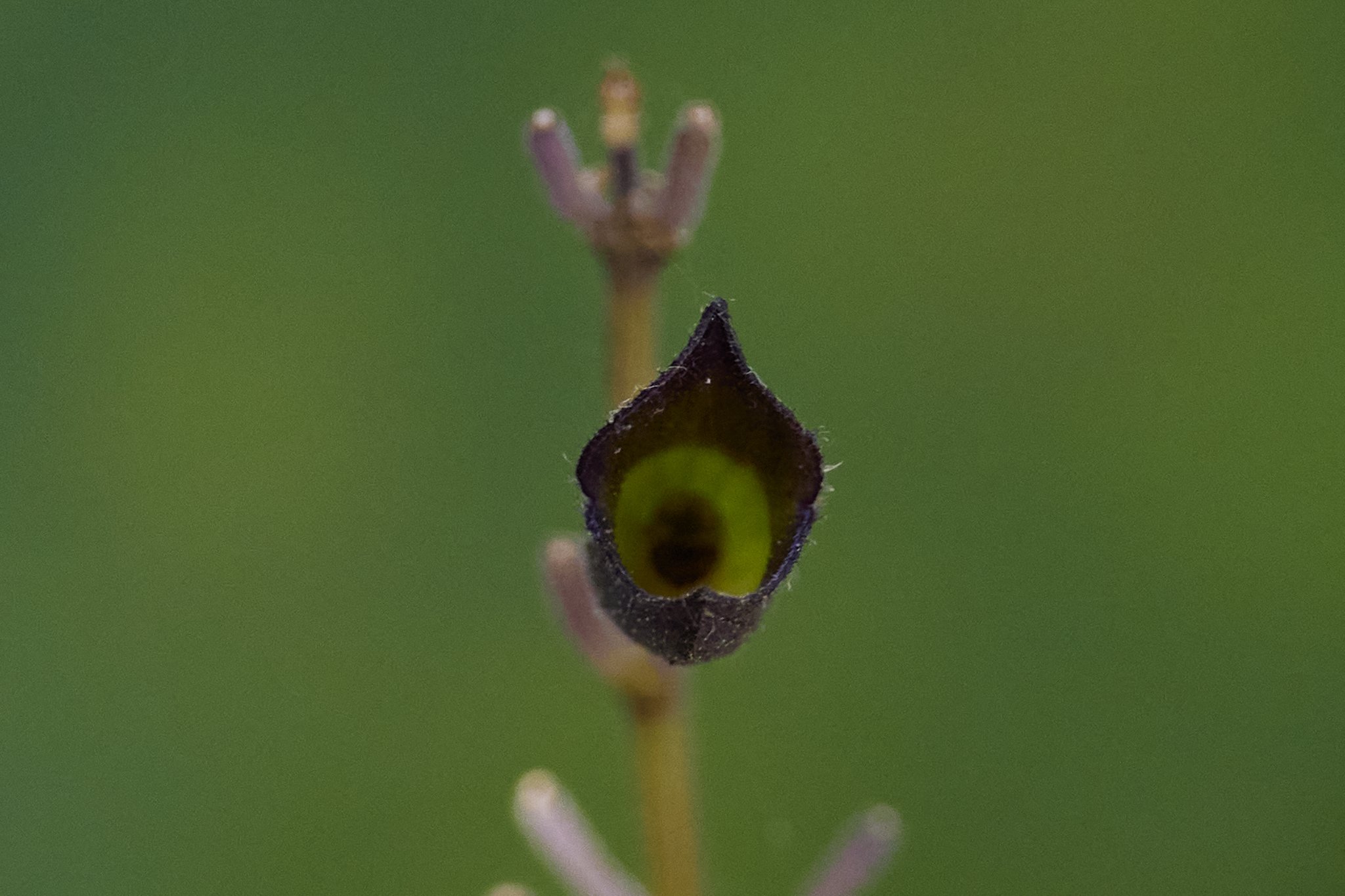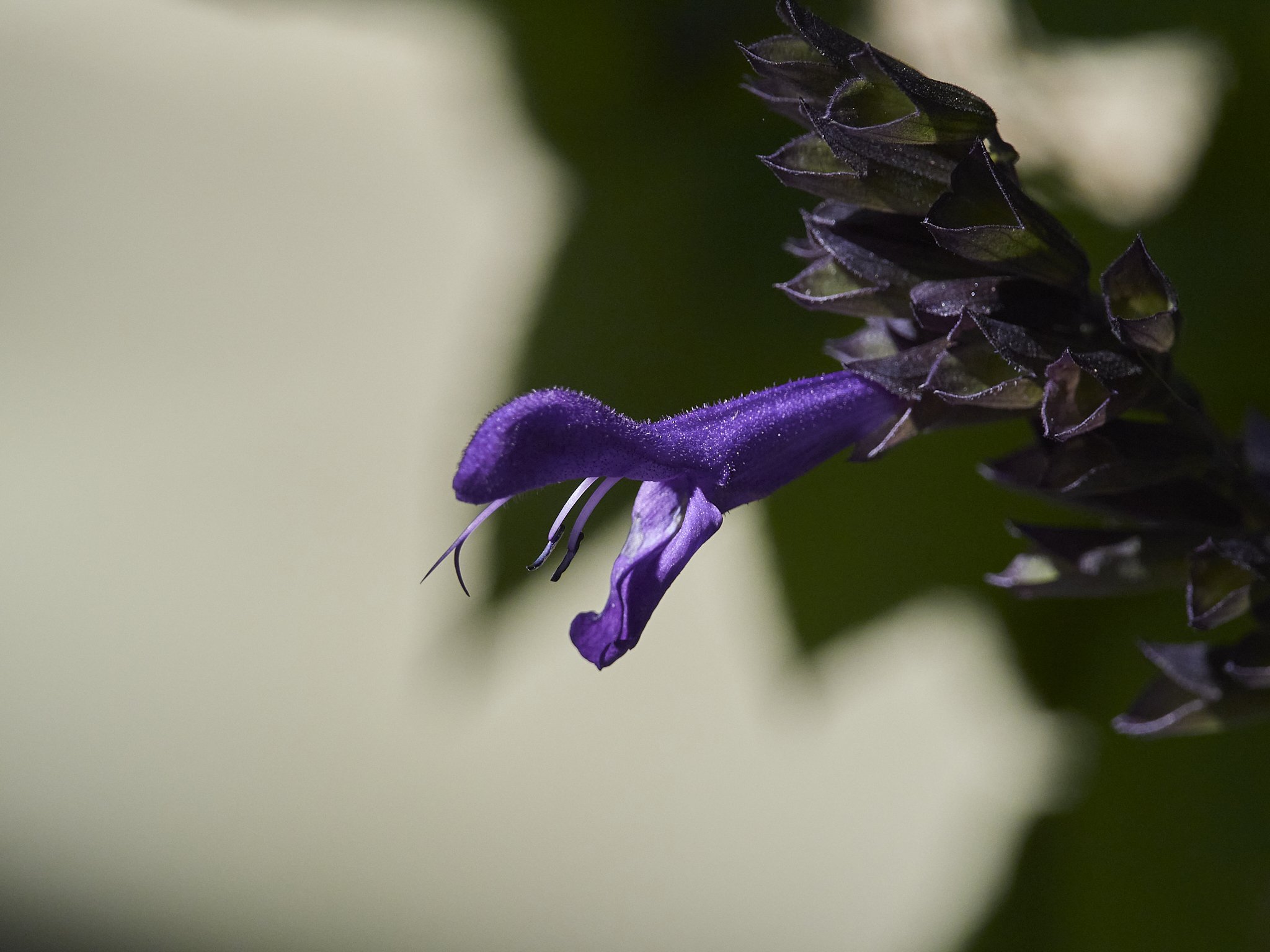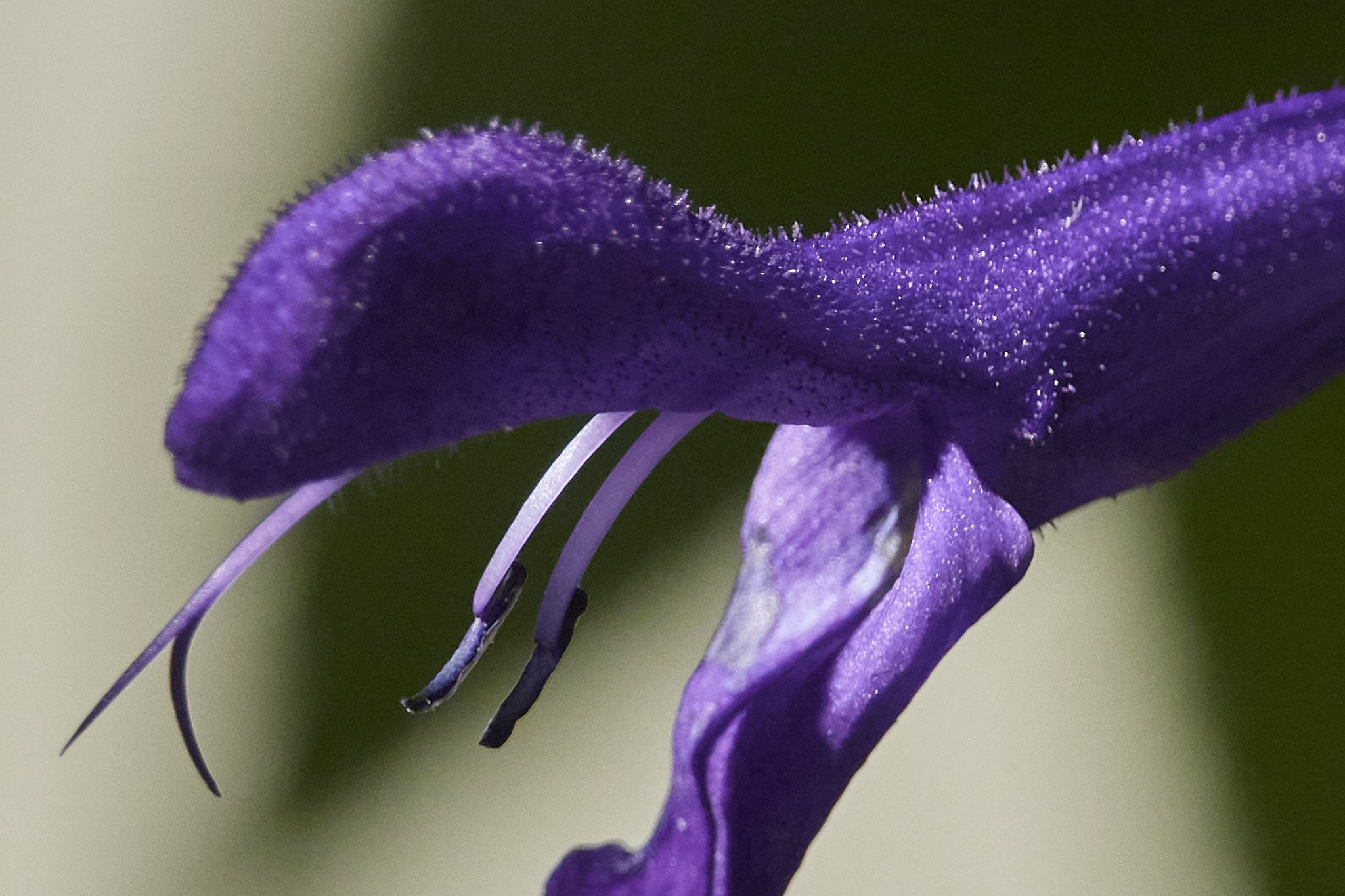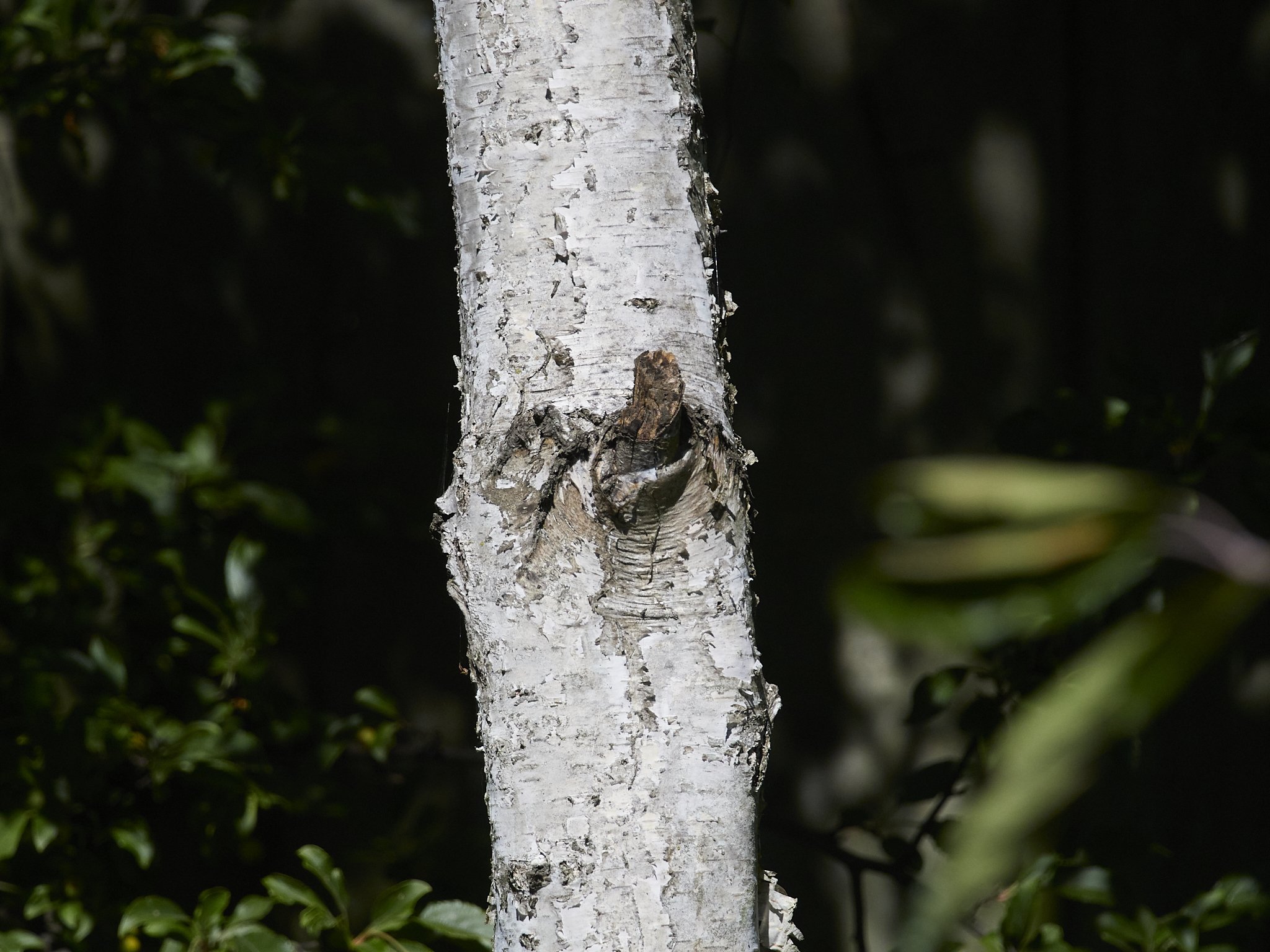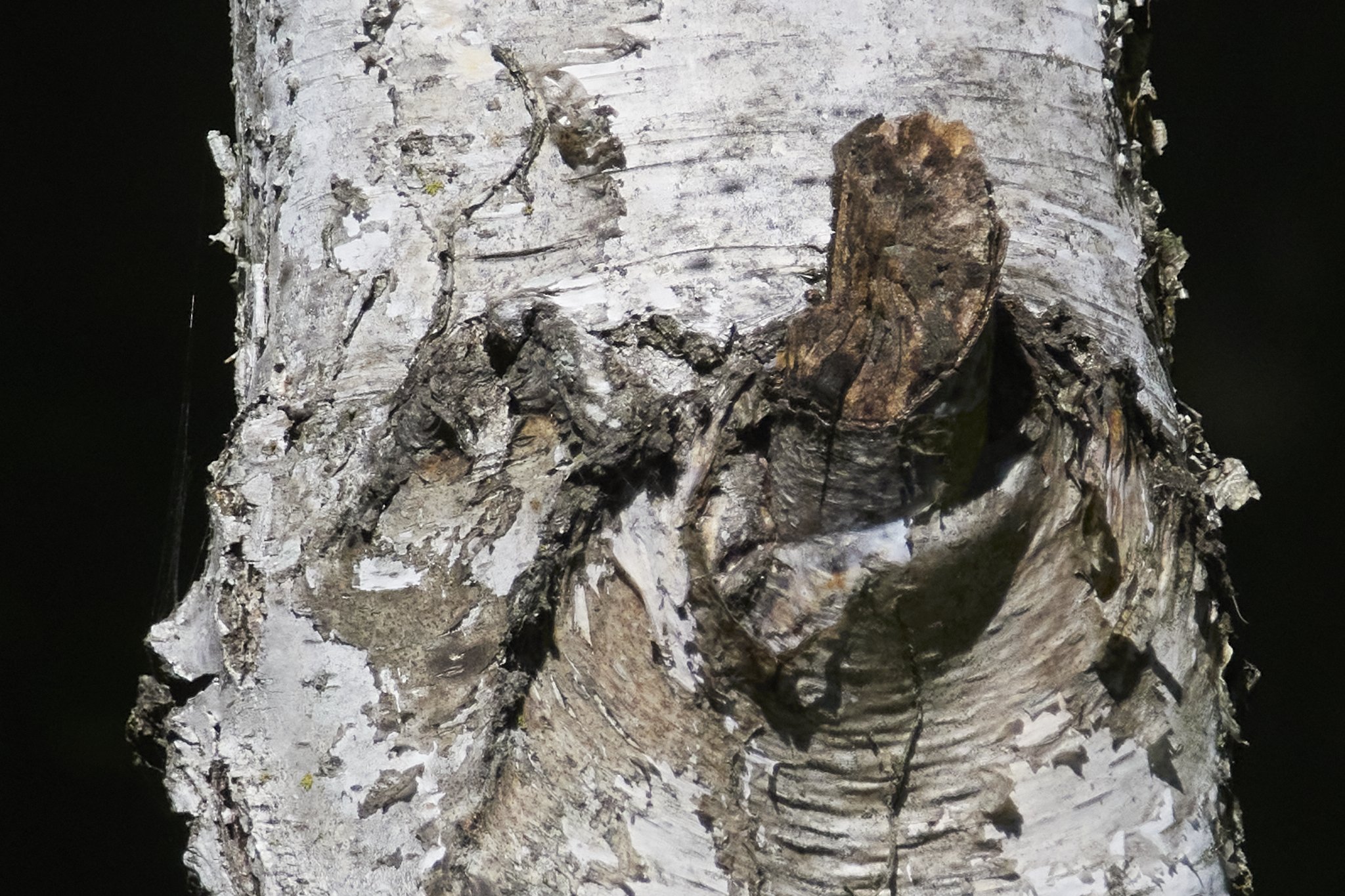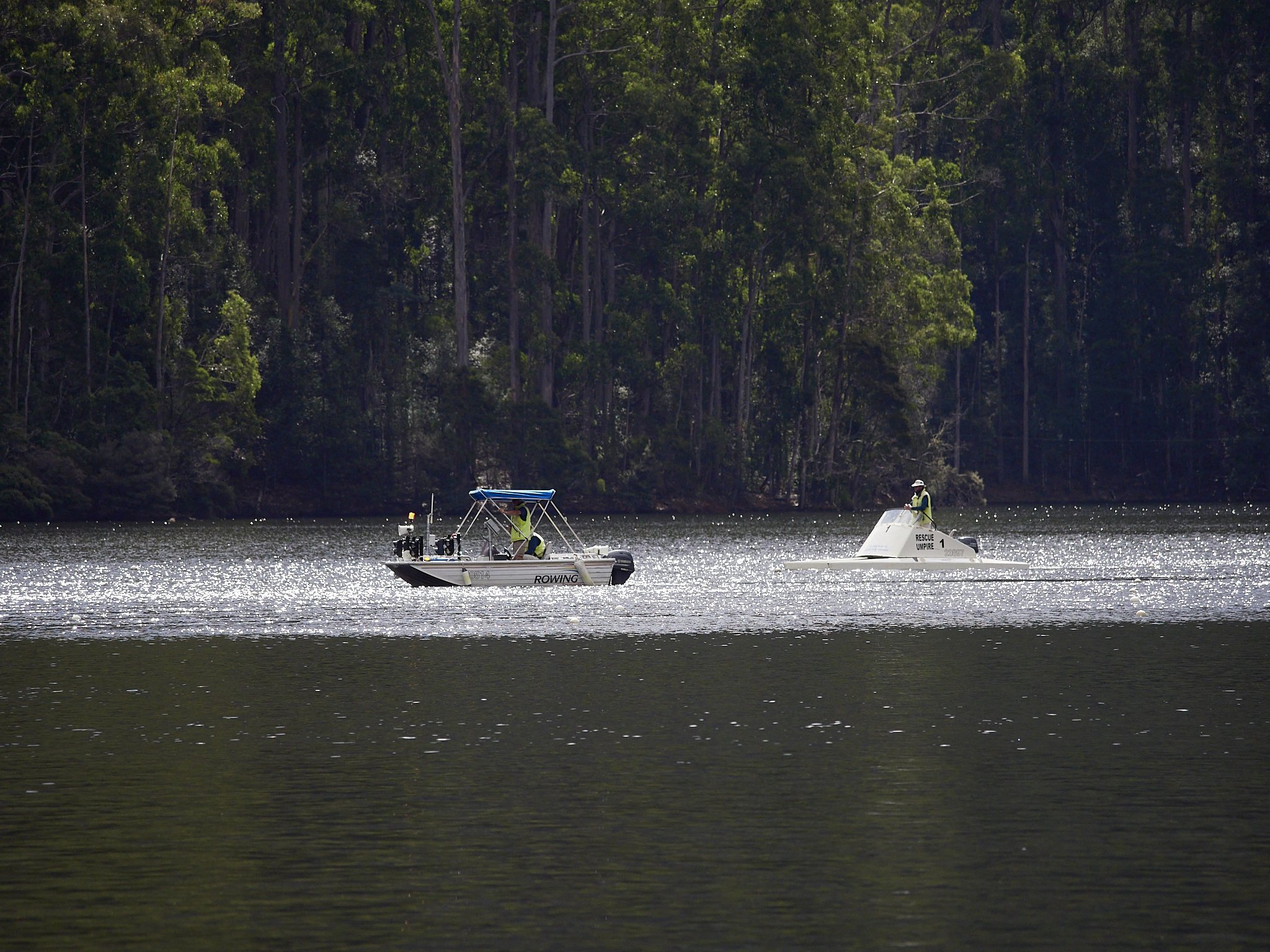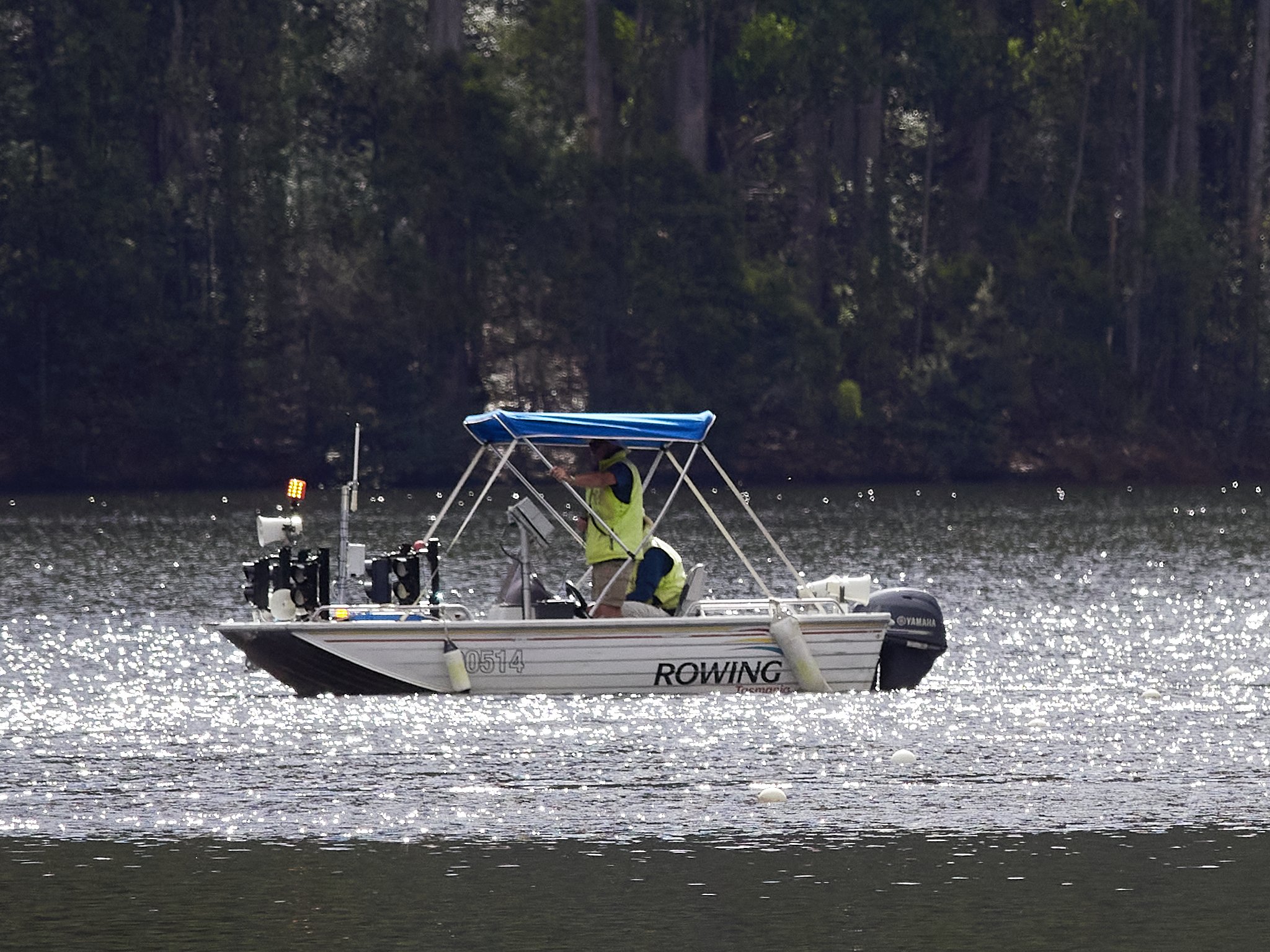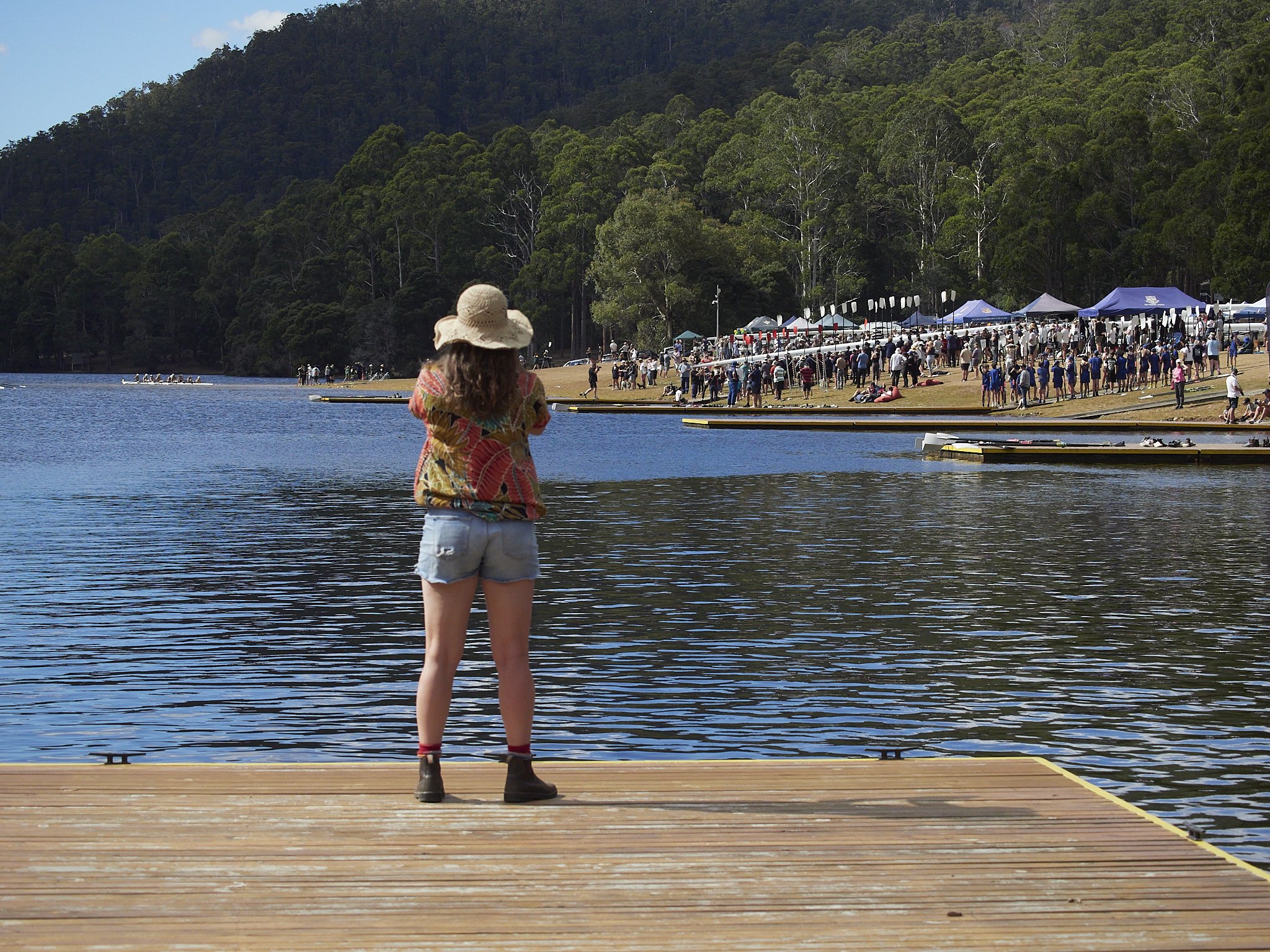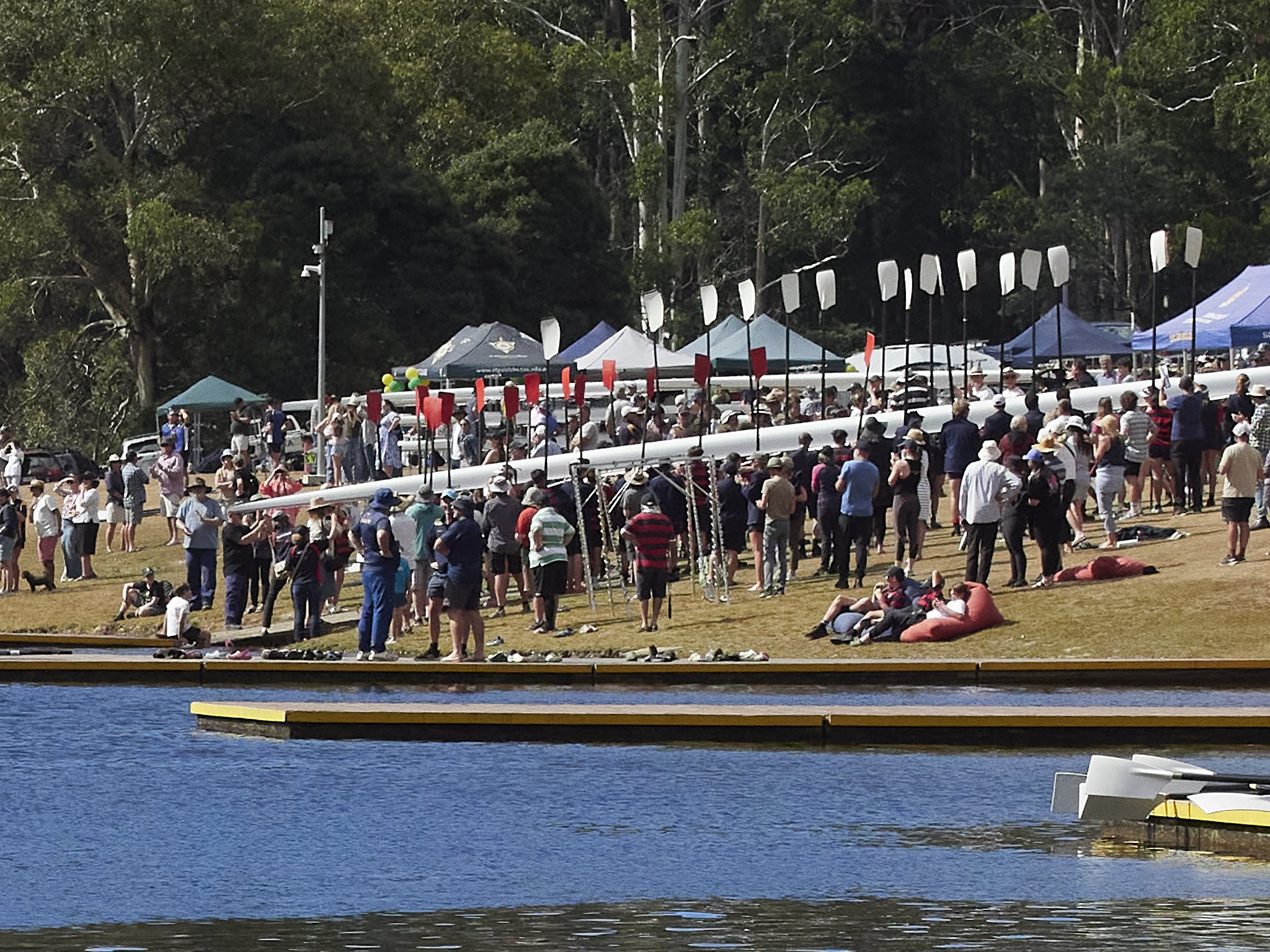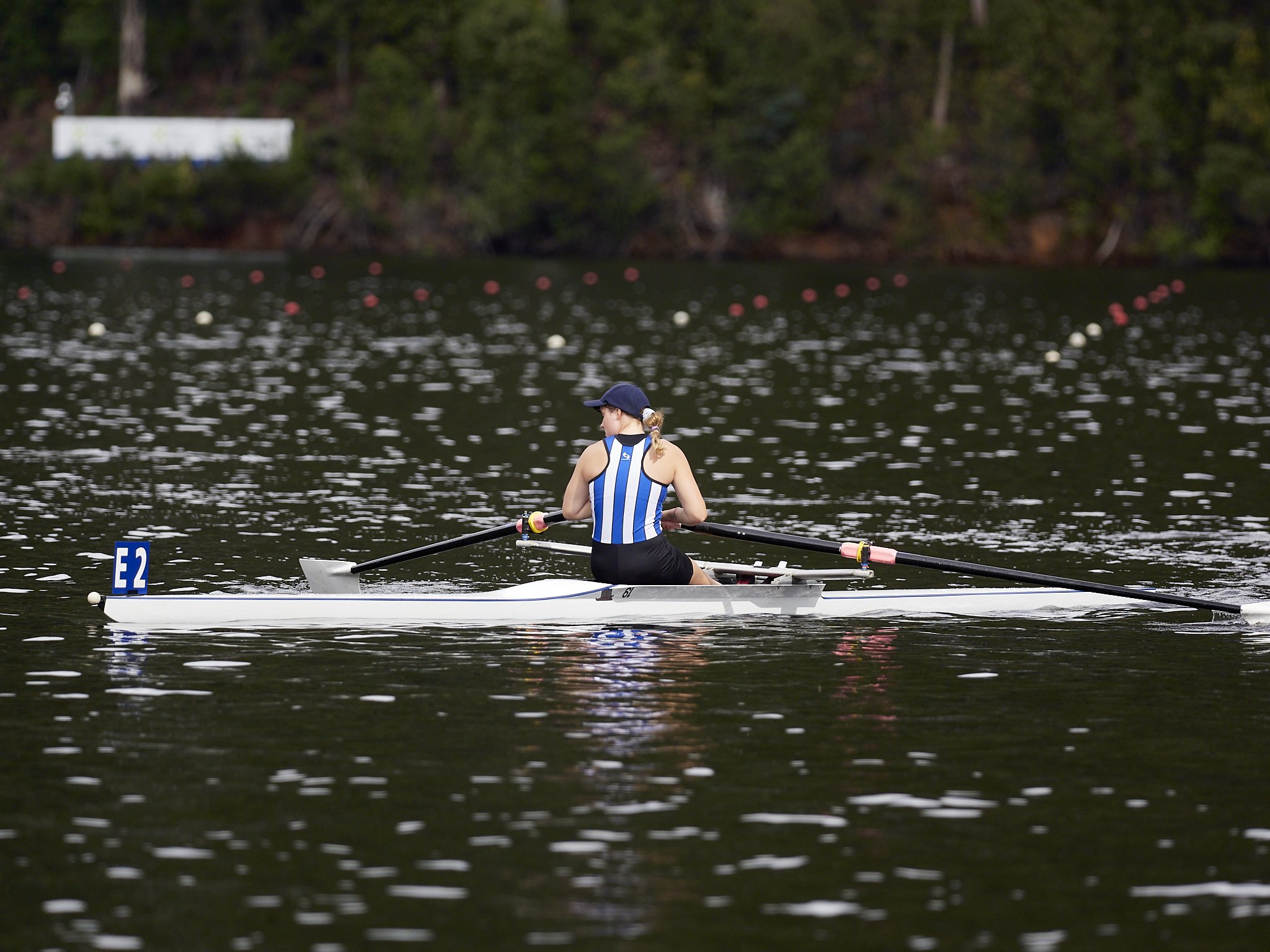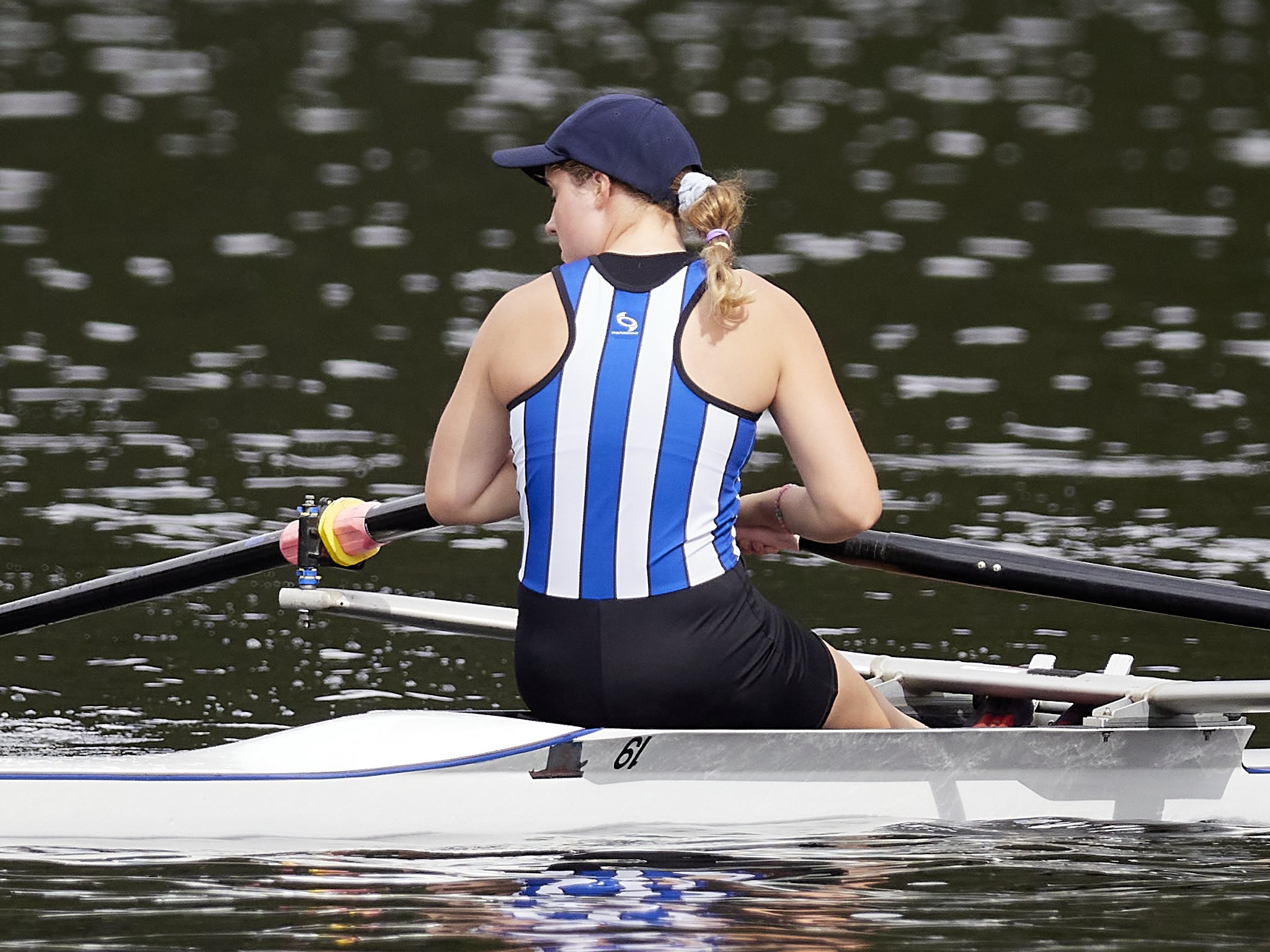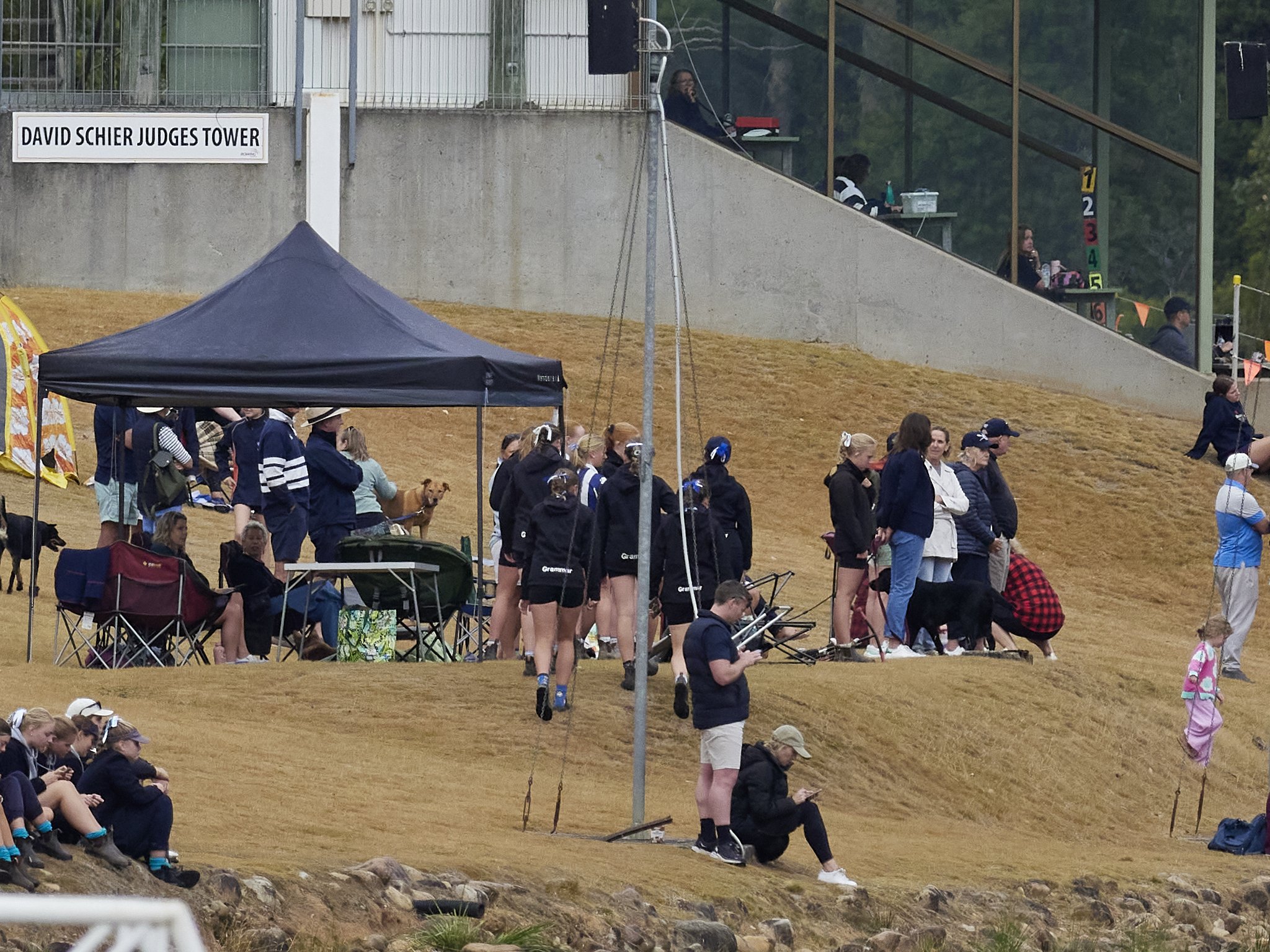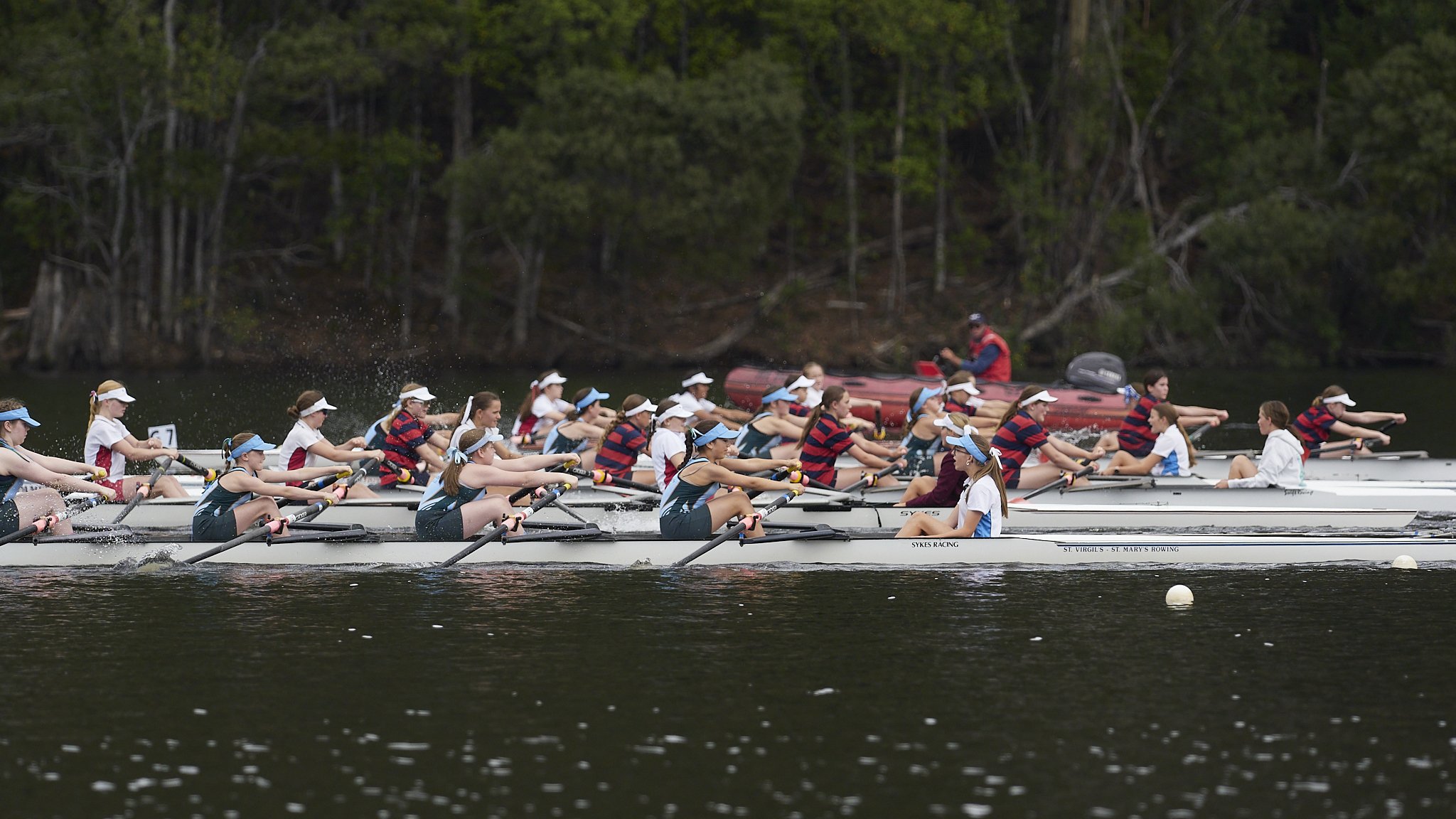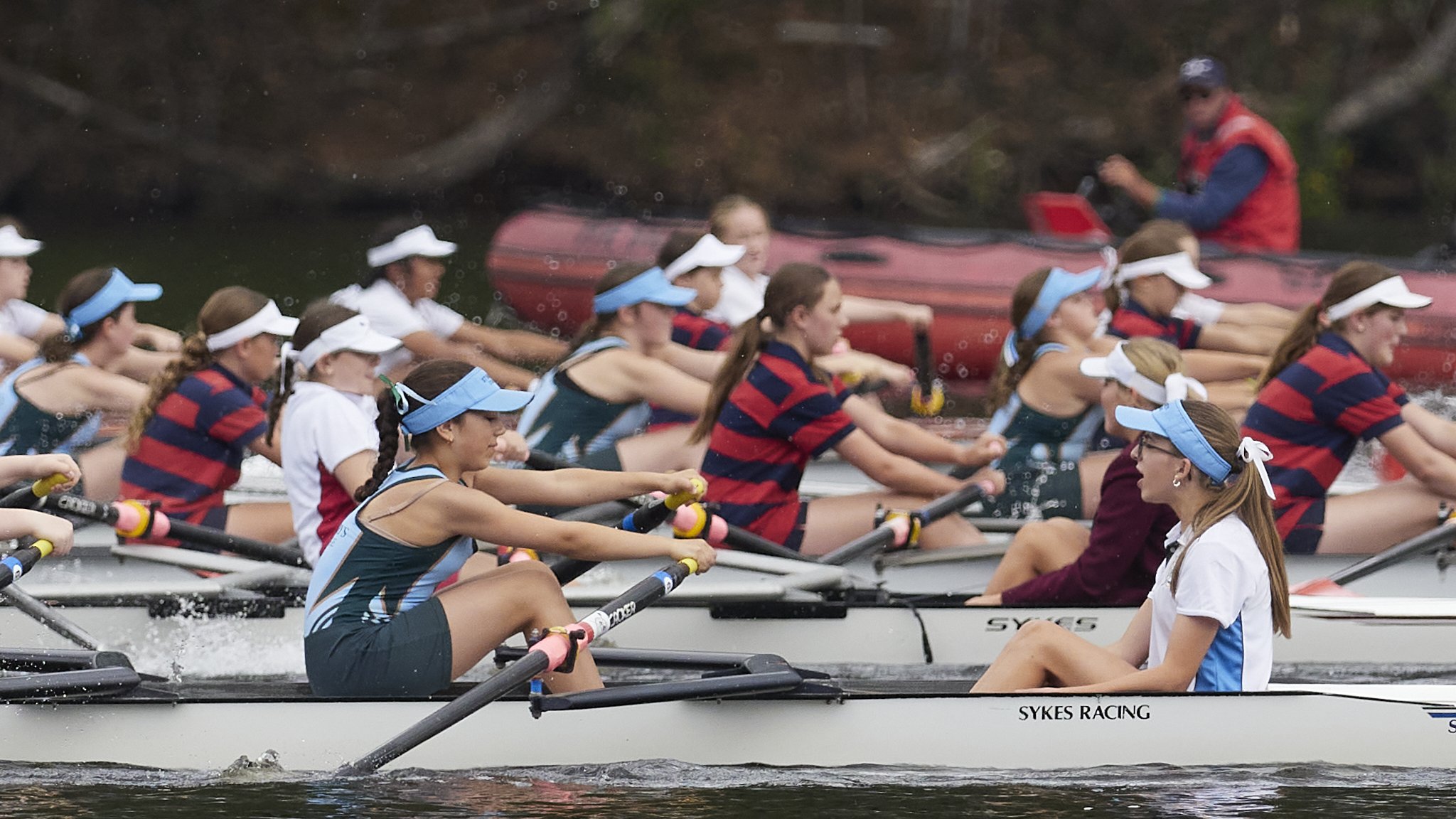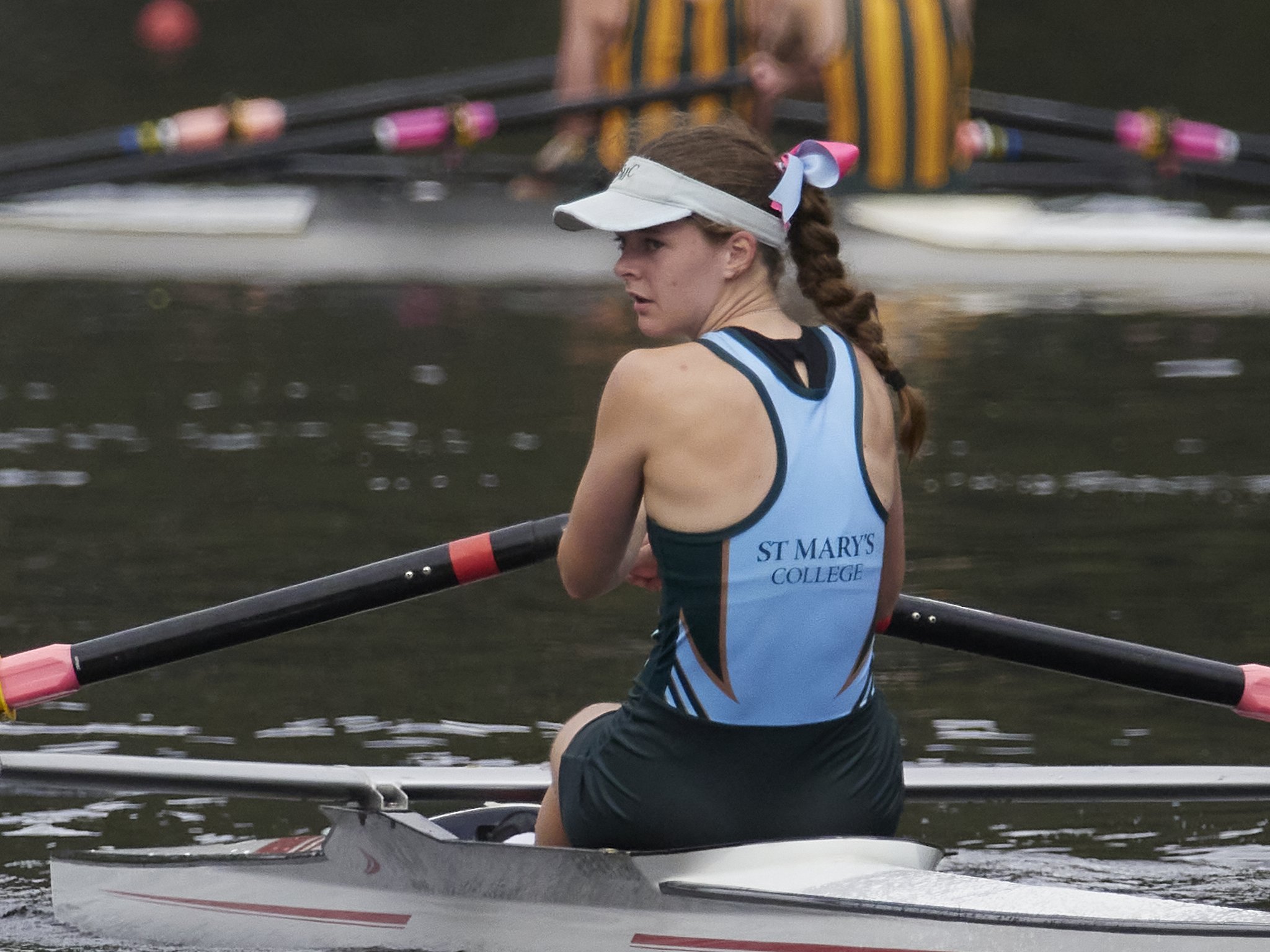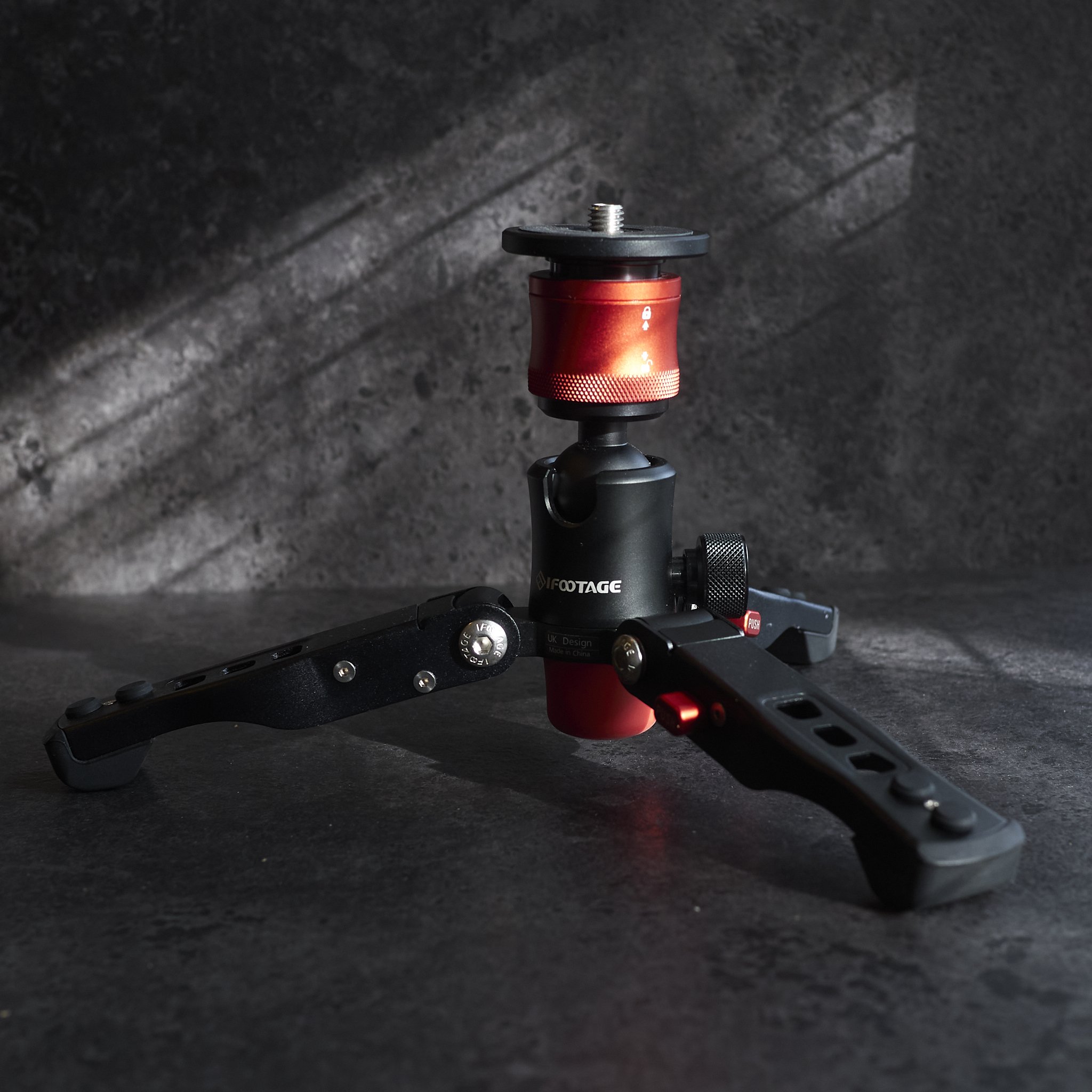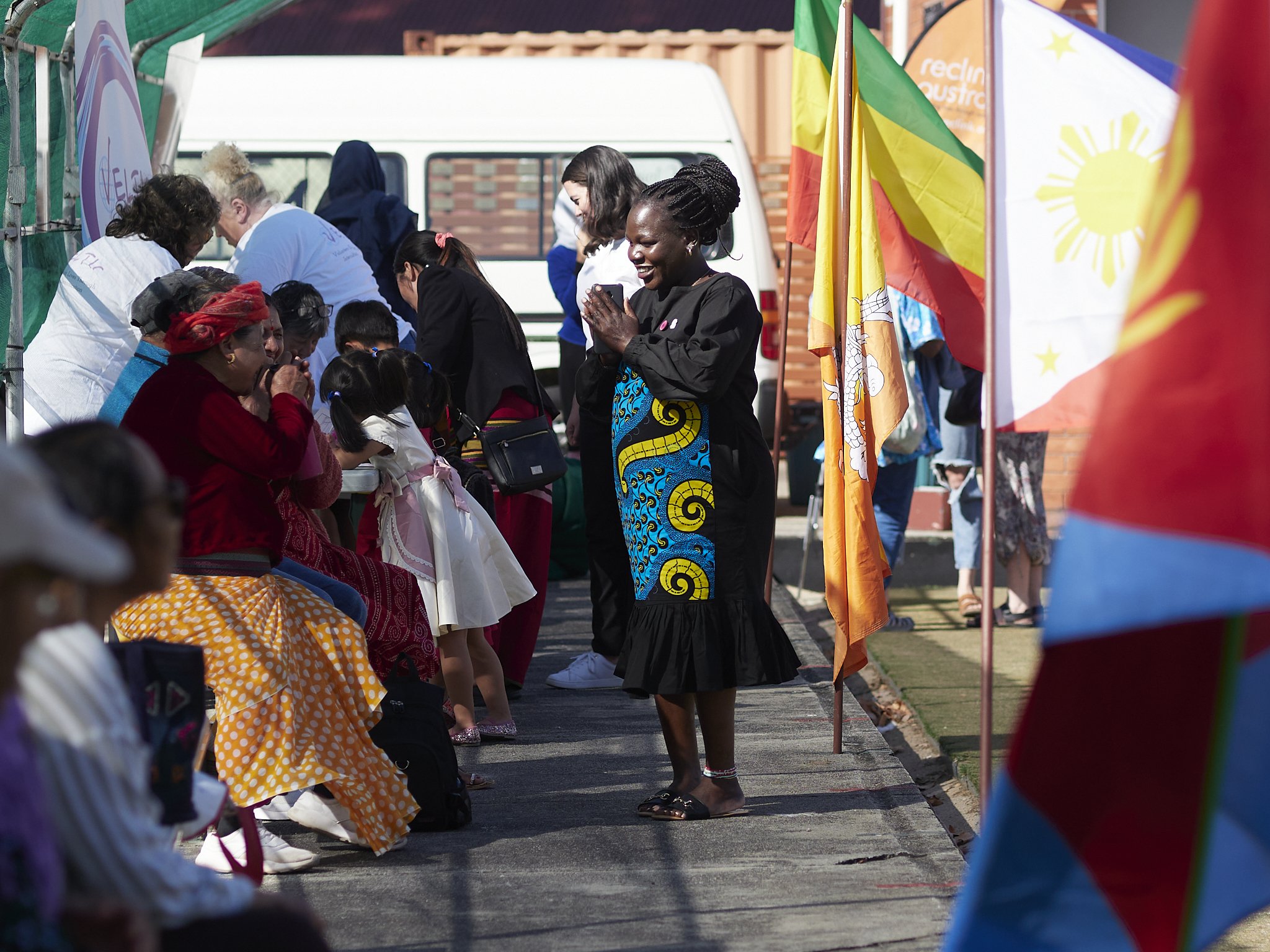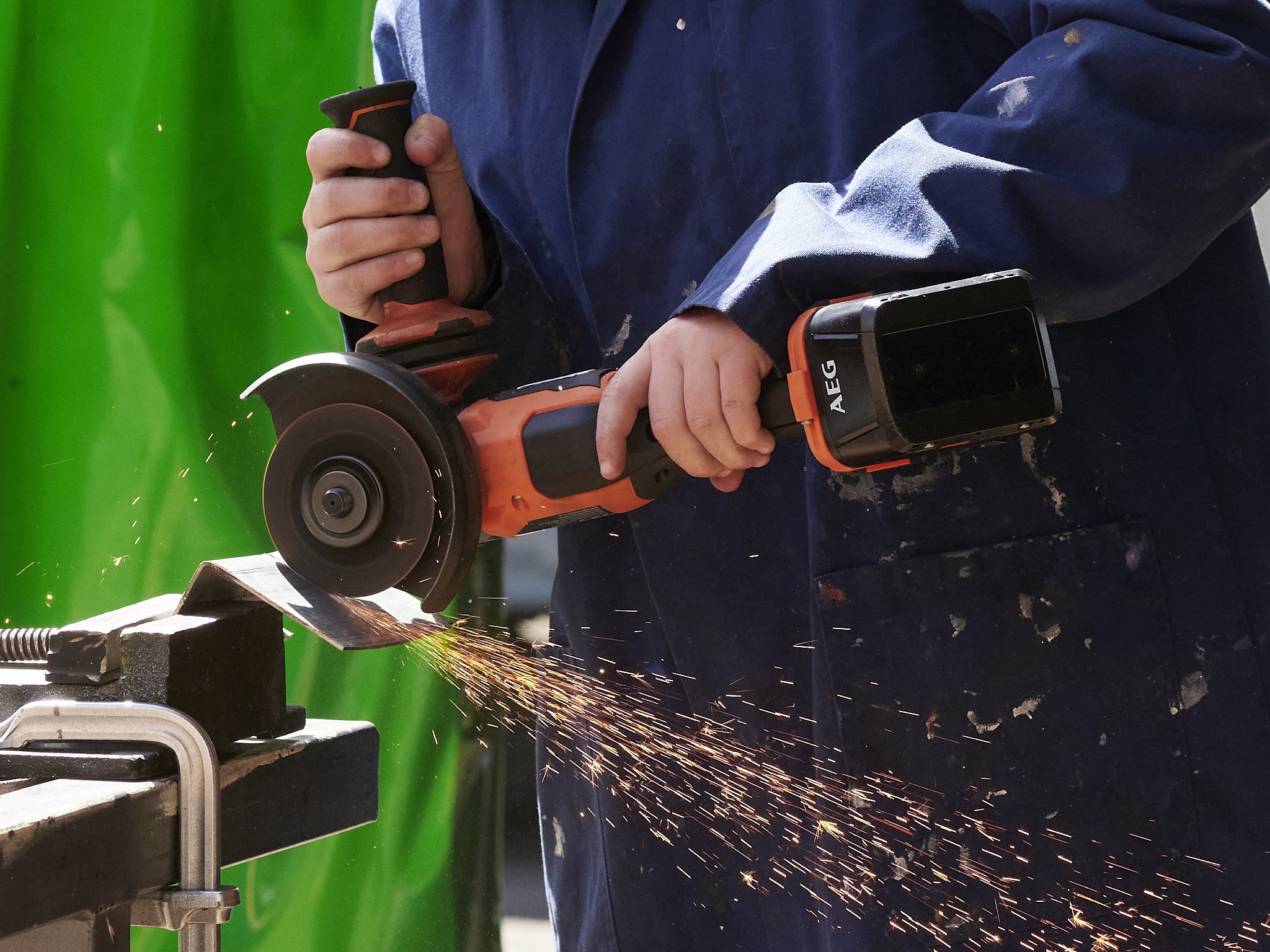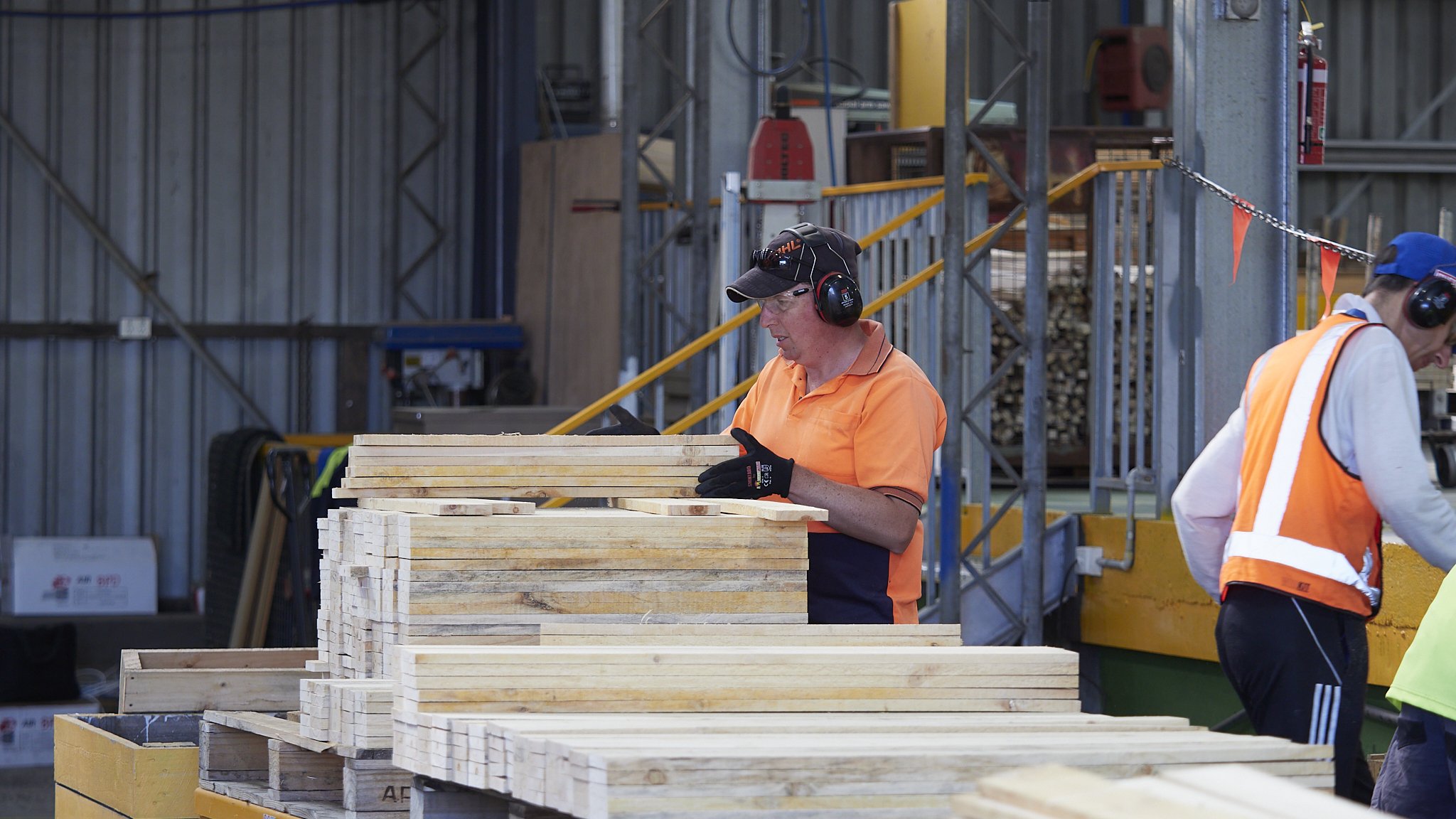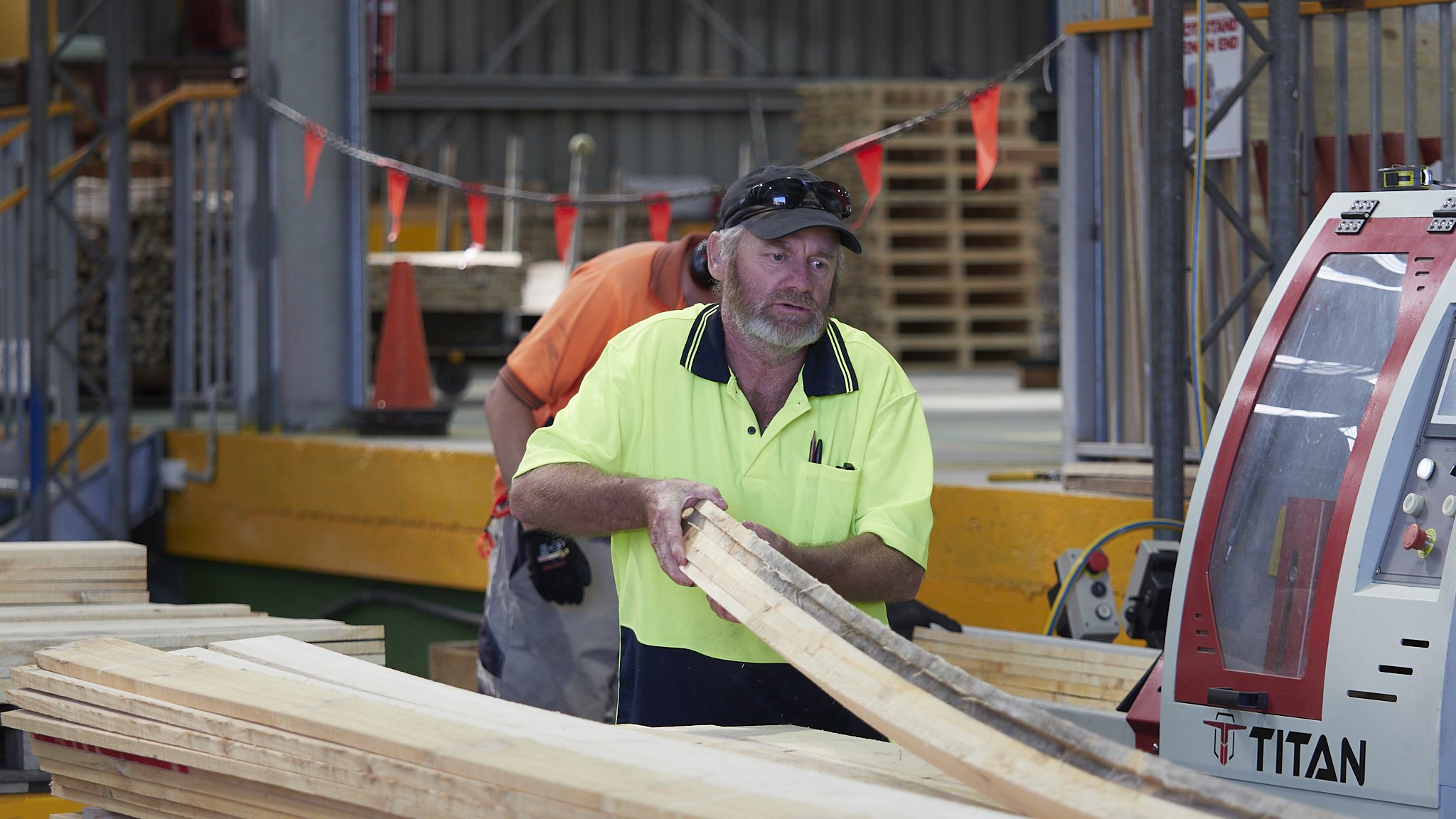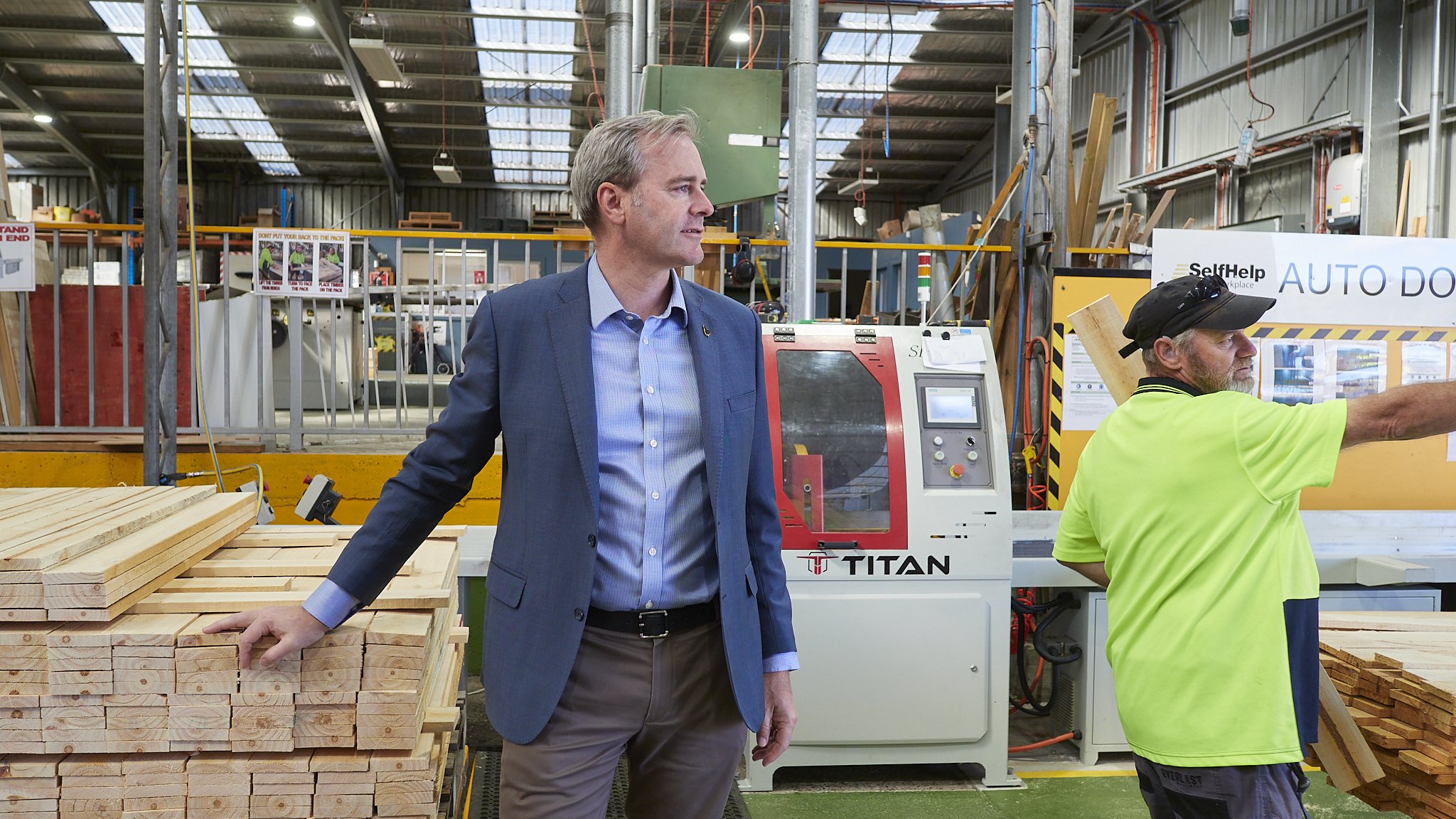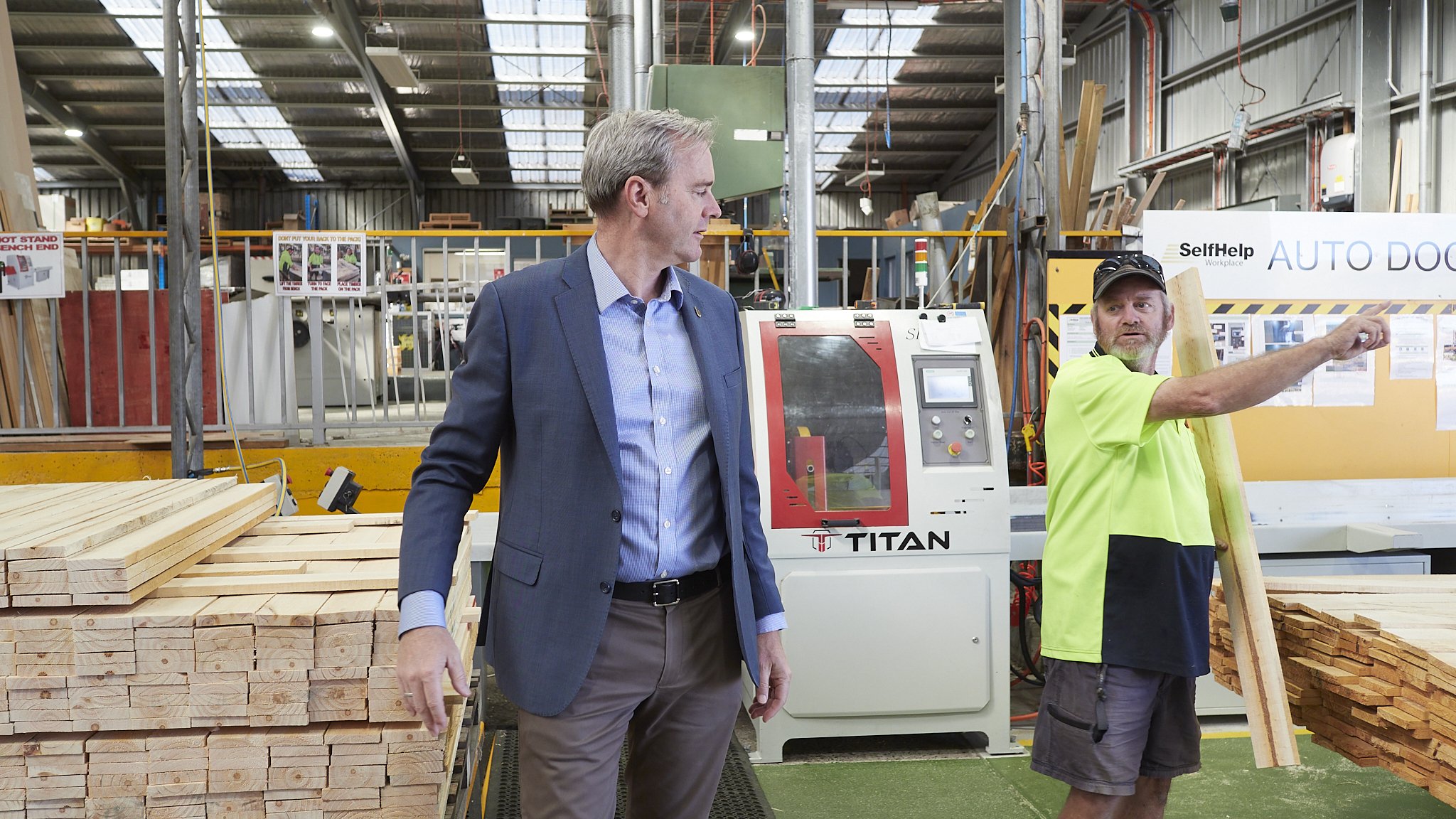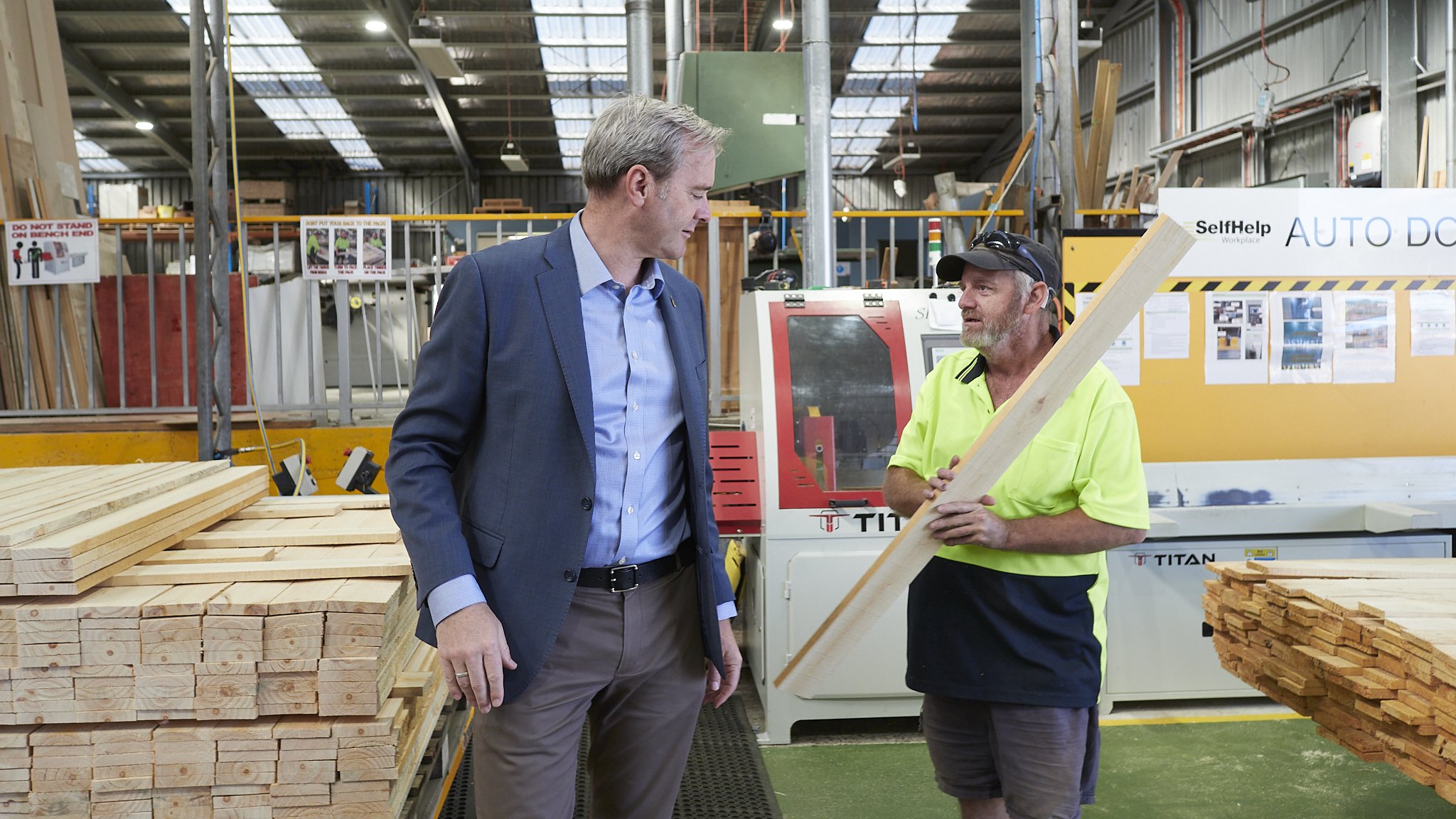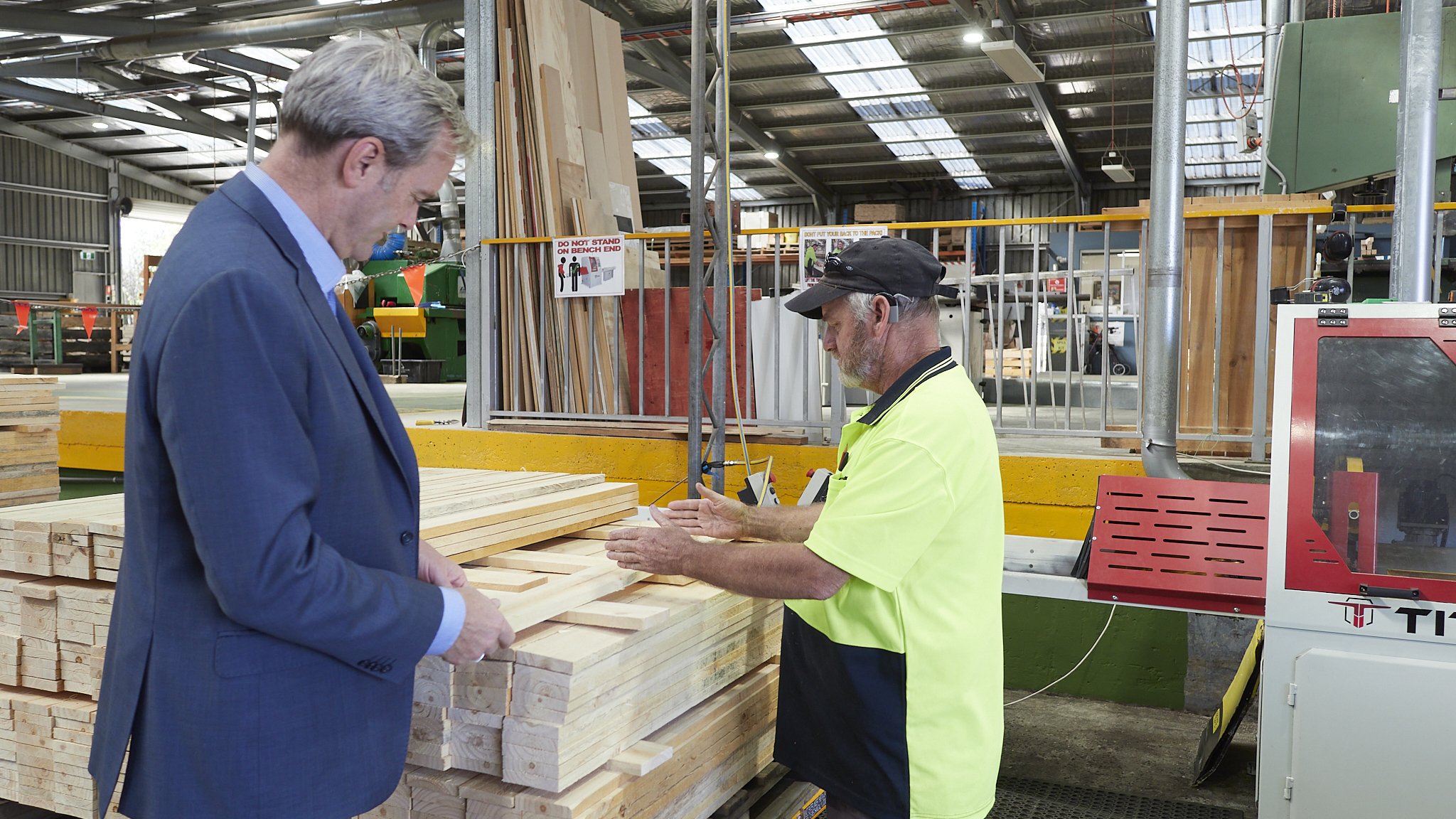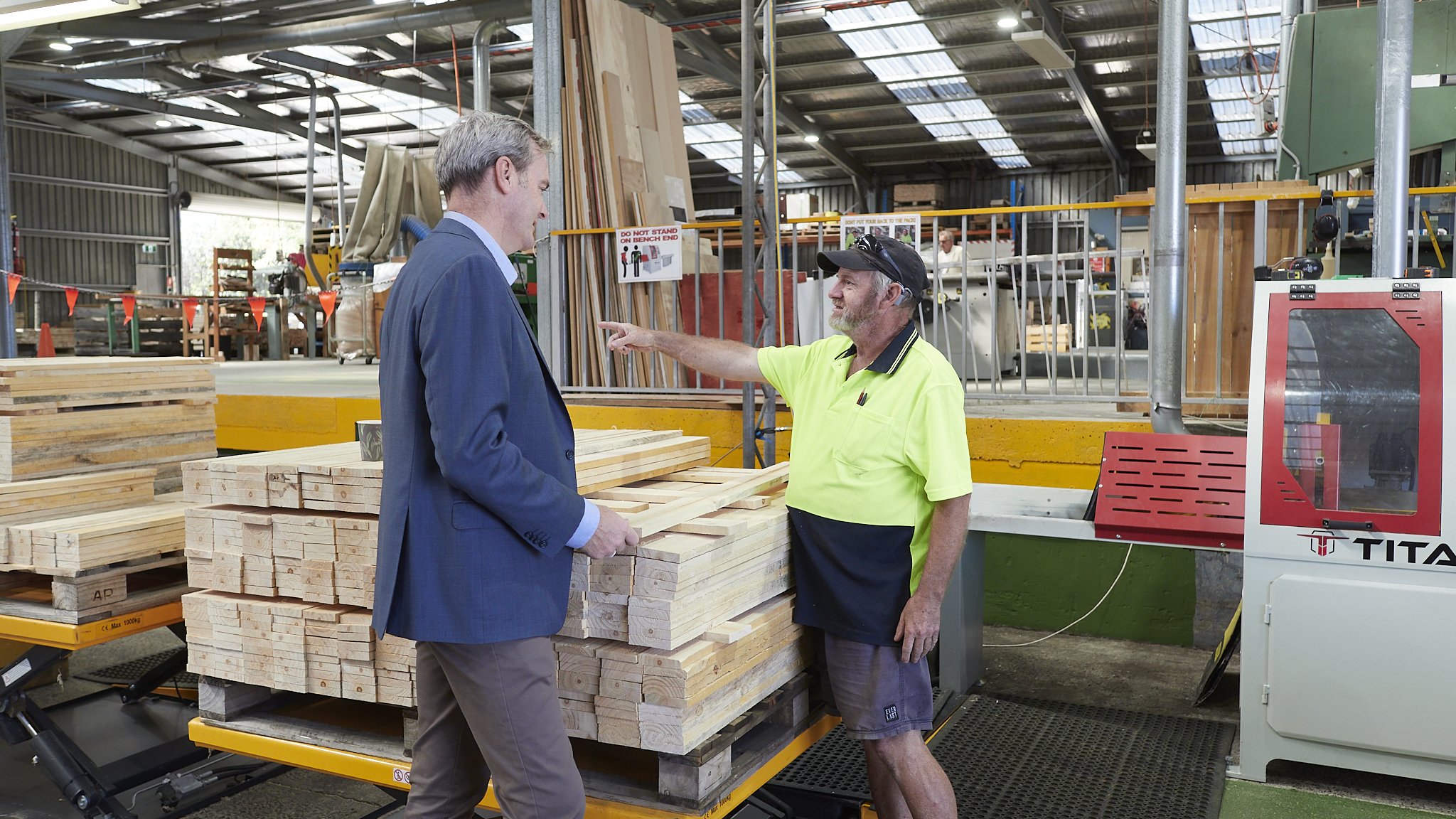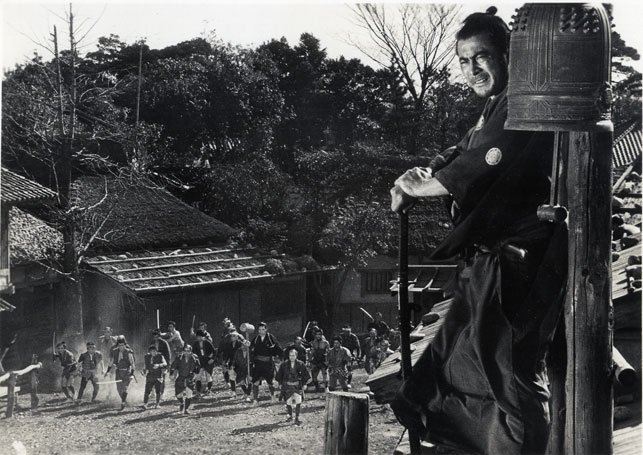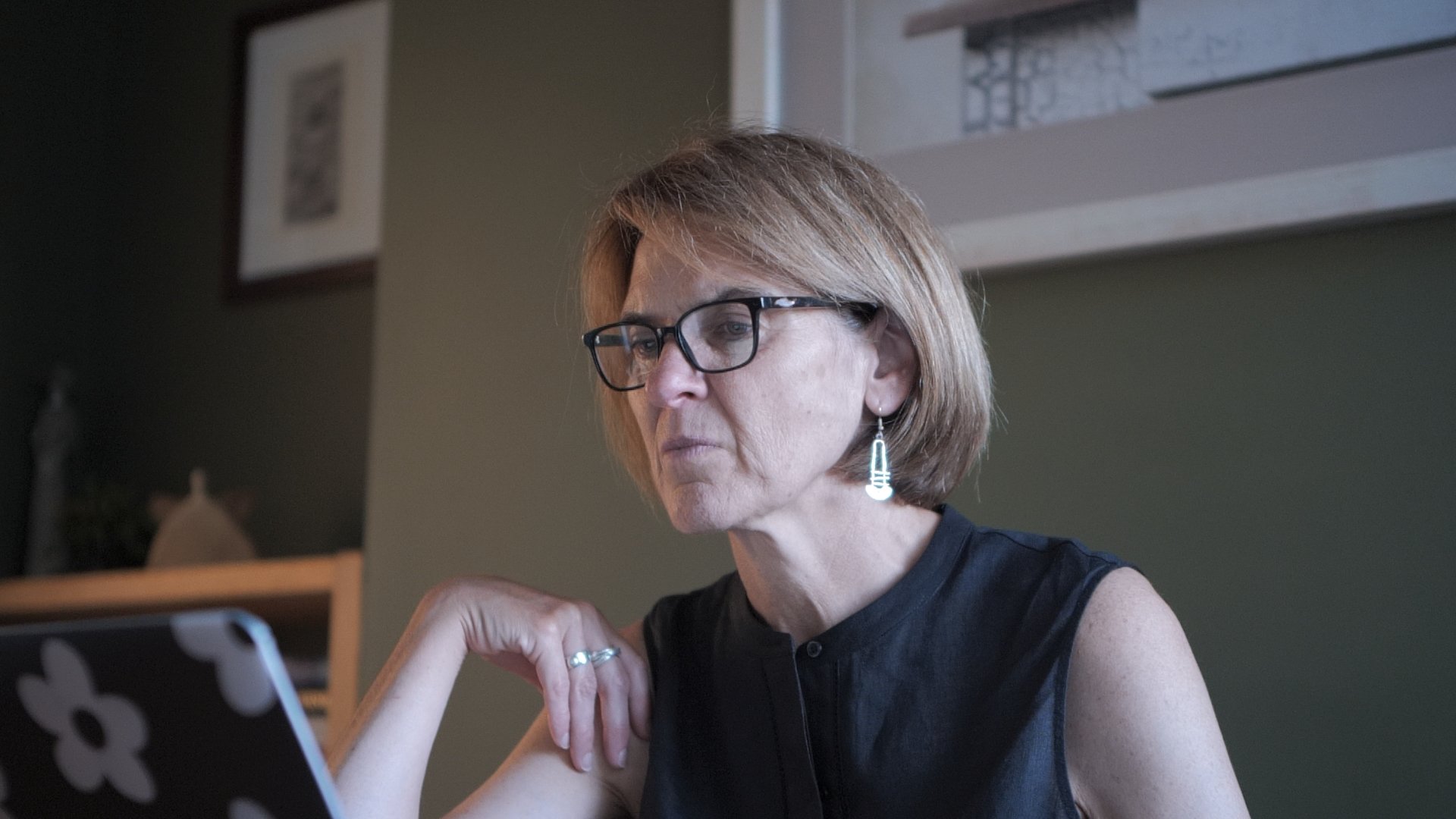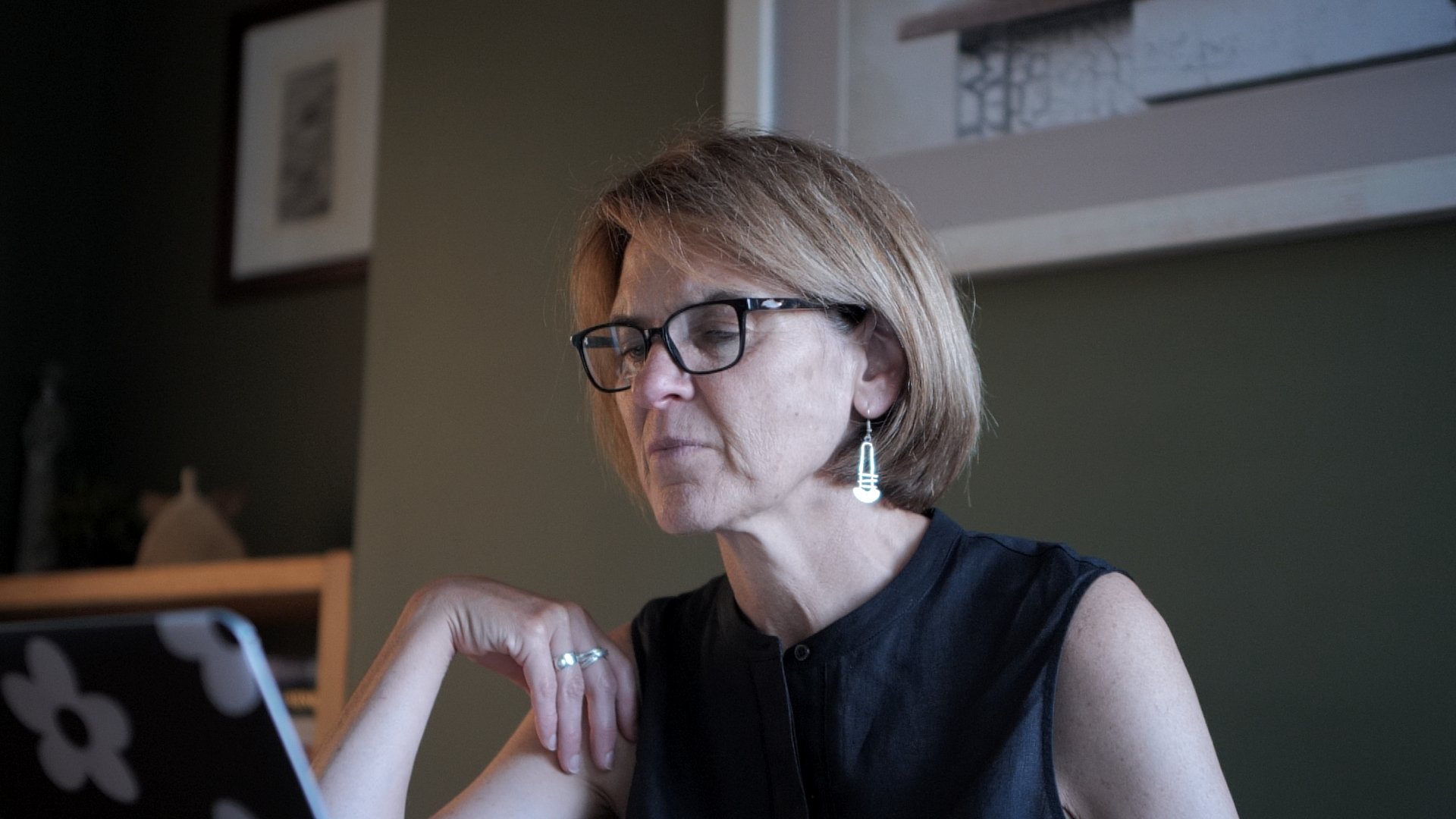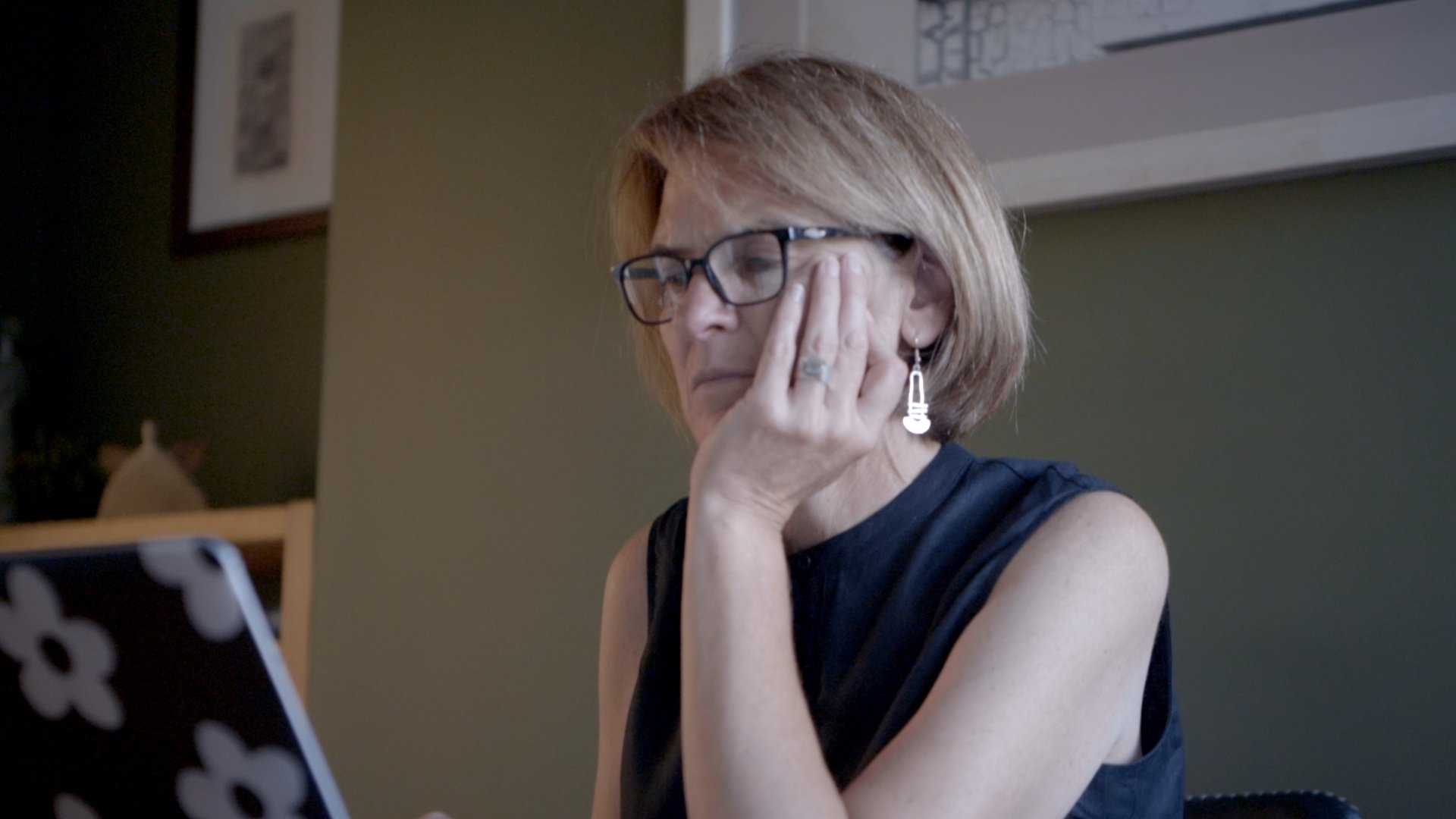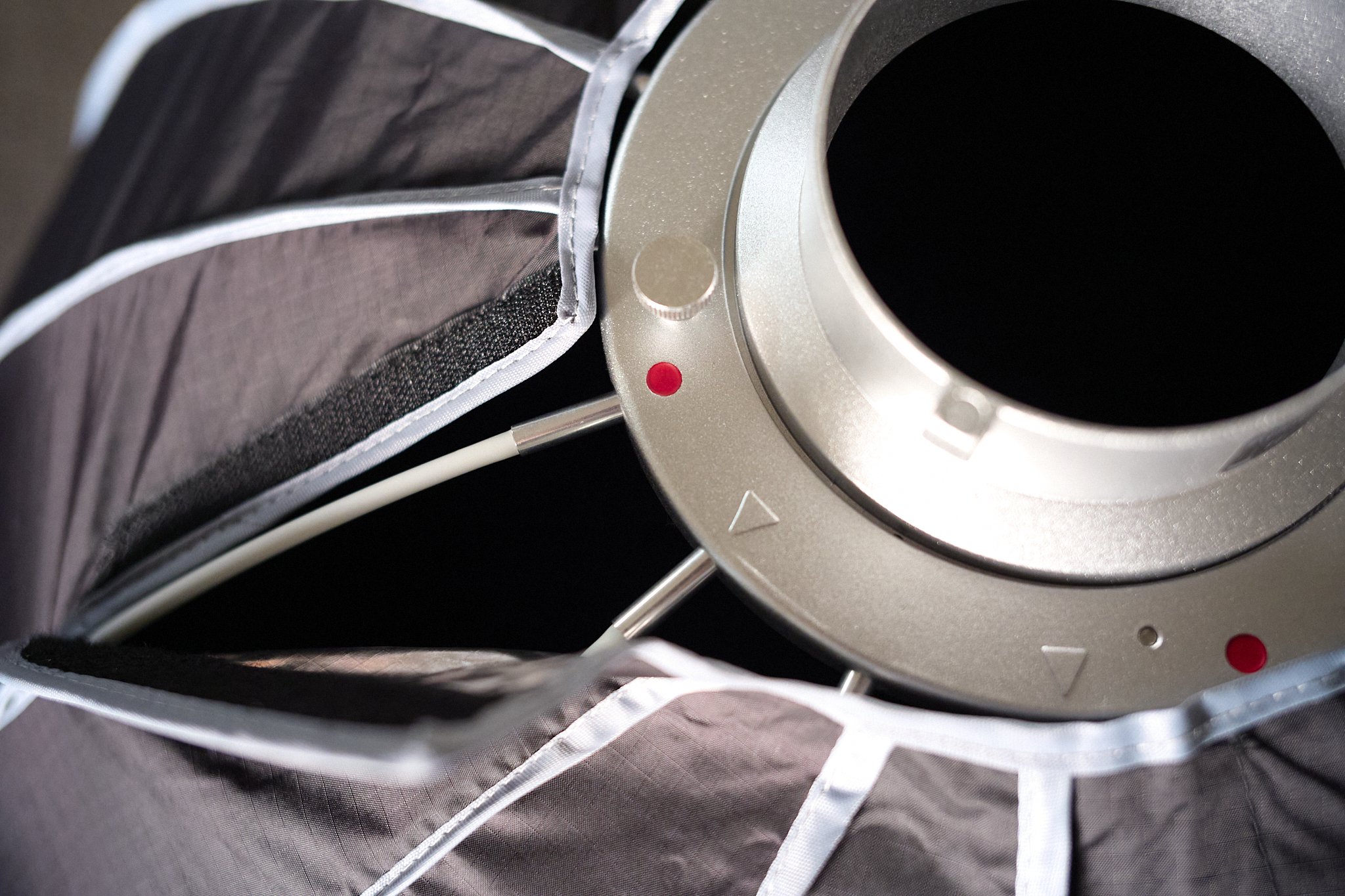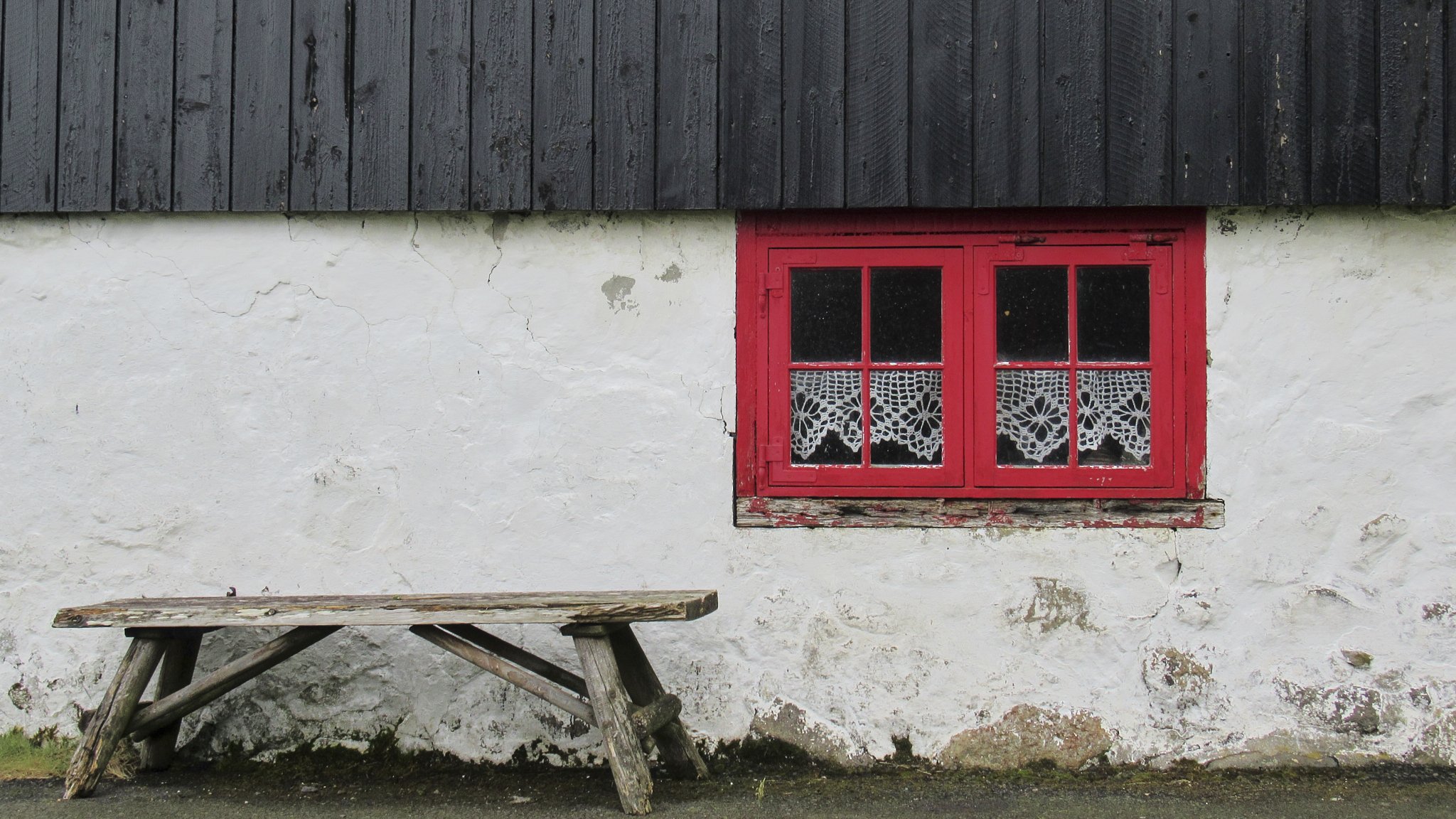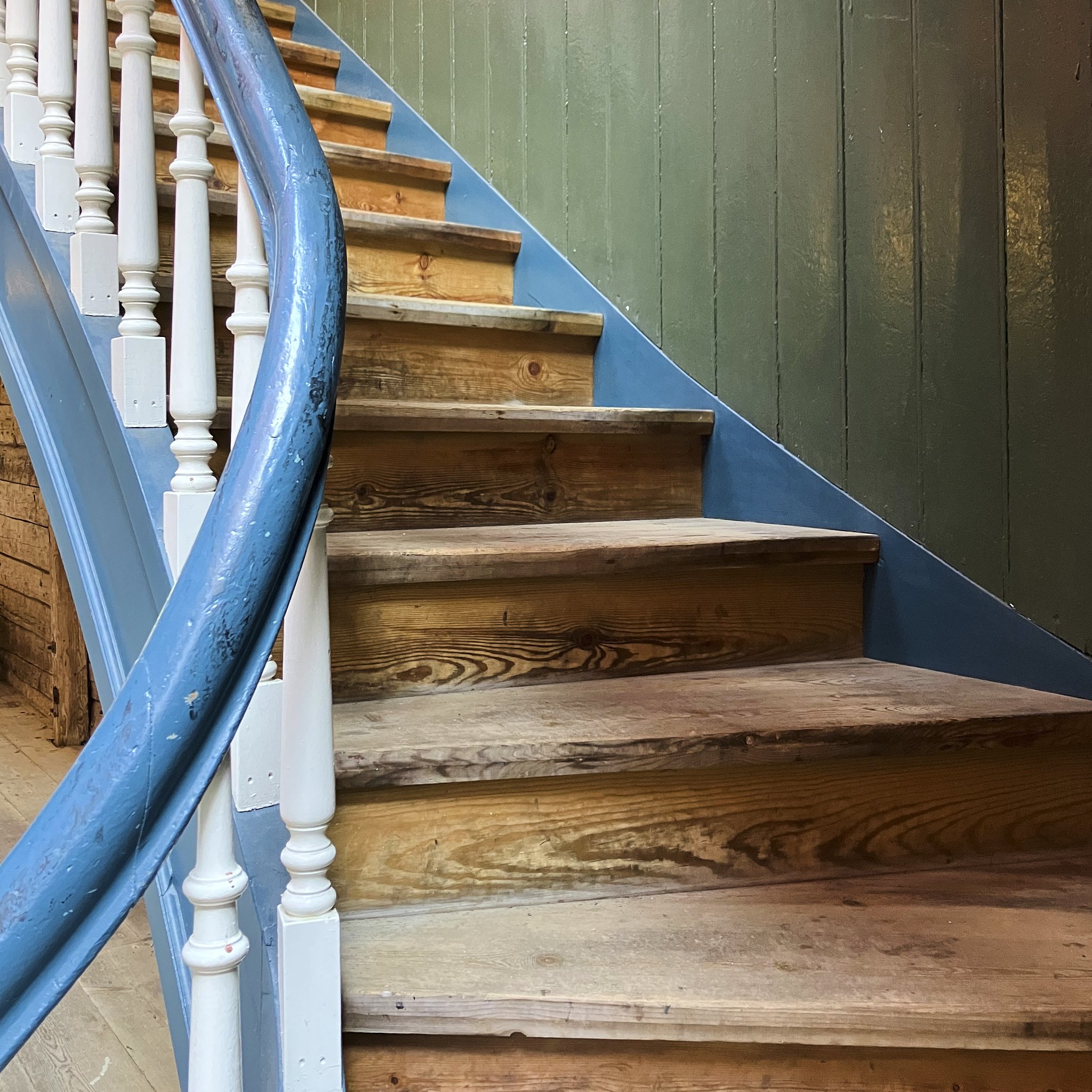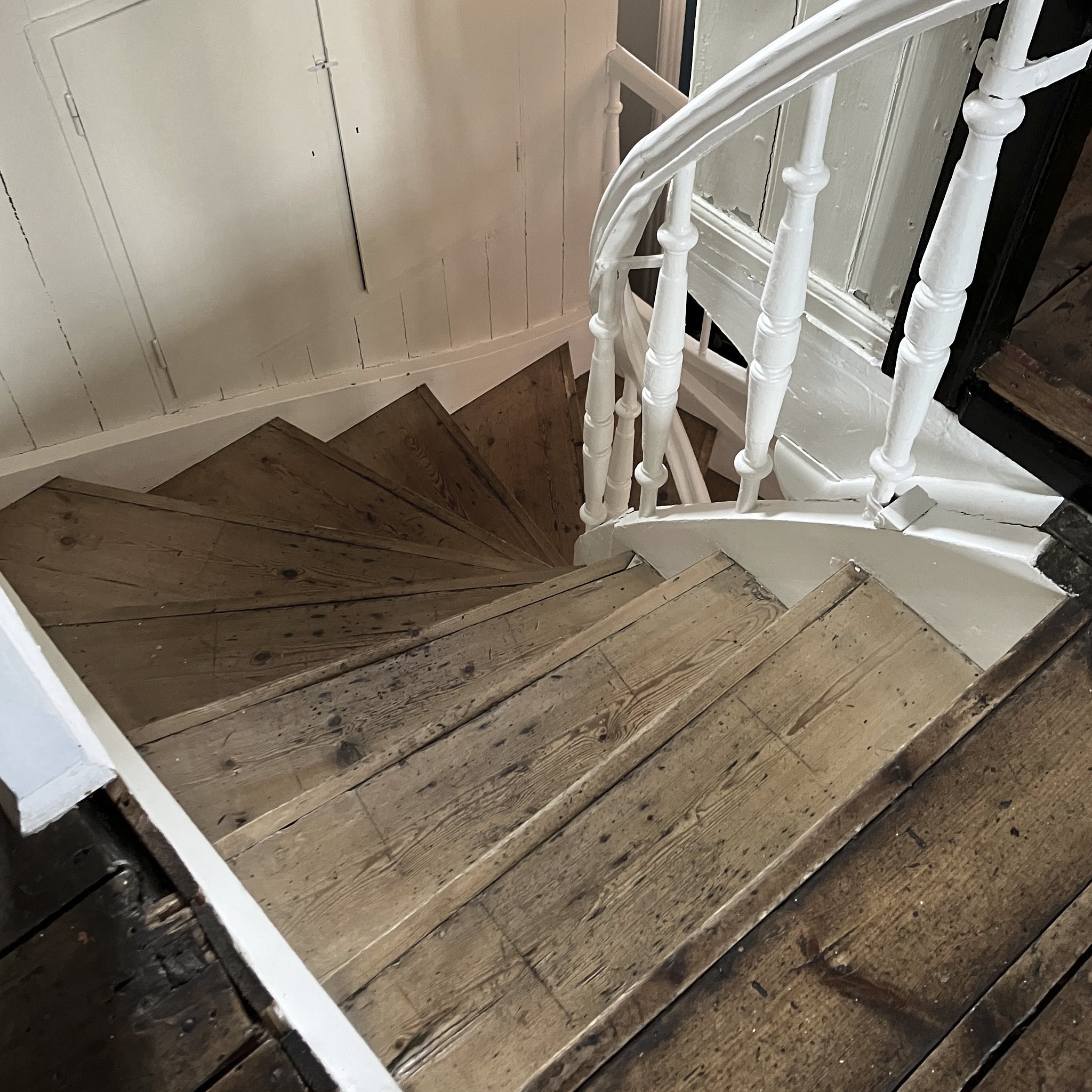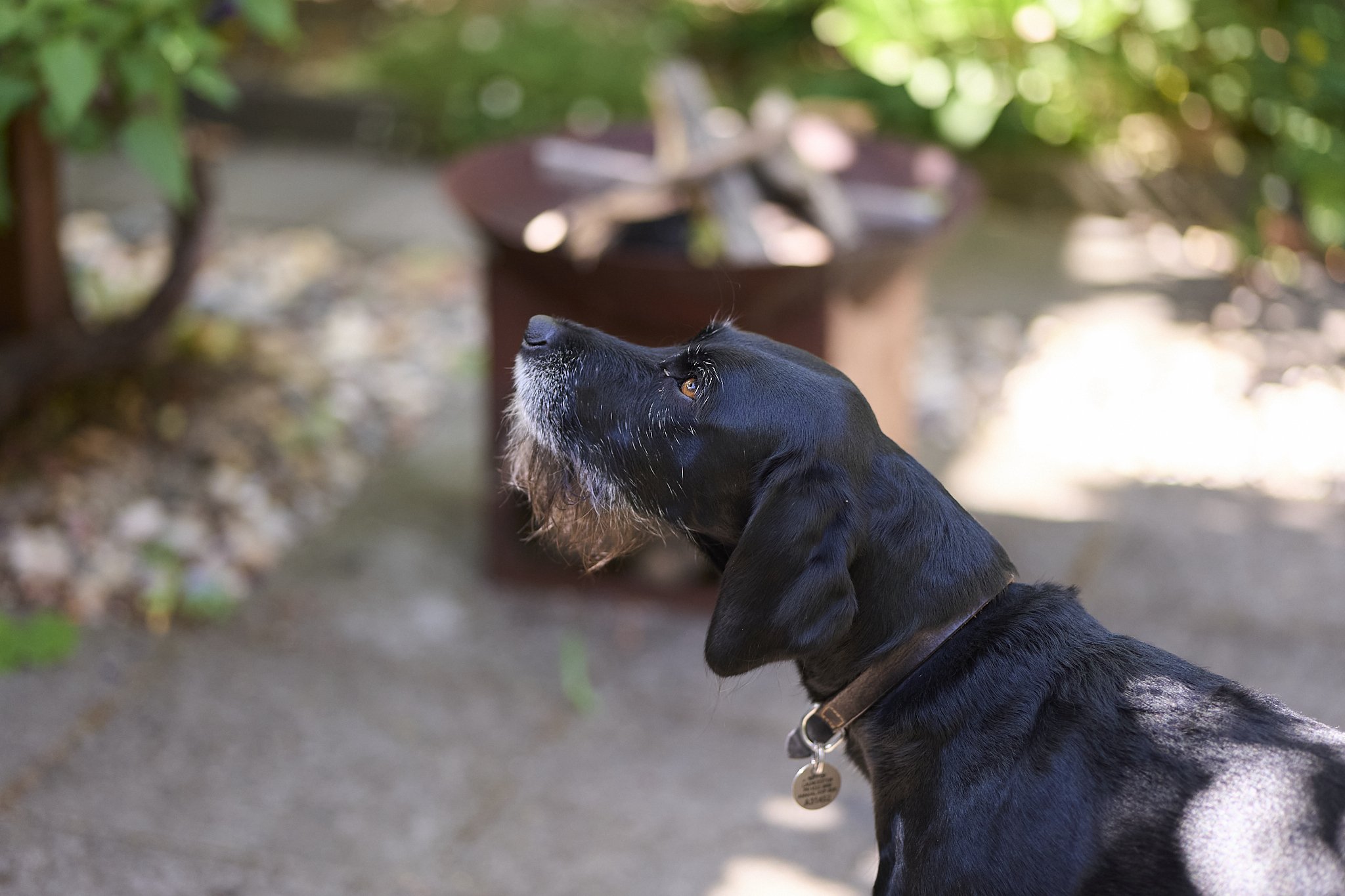Nikon + Red
Industry powerhouse or missed opportunity?
Red created quite a wave when it first broke on to the scene, even apparently holding up the making of Avatar until the first camera was available. The company history is as bizarre as it is interesting.
Cemented in the cinema world as a player, but probably not the player the company felt they deserved, it is still respected. Arri and Sony Venice cameras are more commonly used for movie making and with the shift to “lesser” cameras, there is a feeling Red never reached its potential and never will, possibly becoming a smaller player in a shrinking segment of the market.
The fact RED owns a patent that controls RAW compression in higher end video formats means they would always wield some power in this space, but that has made them few friends. Nikon among others have challenged this in court, I guess wanting quite reasonably a similar playing field to fully open stills RAW compression, so buying the company means I guess, they win.
Filler image, because I have nothing else relevant.
It will be interesting to see if they choose to share as they argued, should happen, or pick up the reins of this selfish horse and ride on. We will get either a big or a small change either way.
Nikon, until recently was doing a really good job of taking their once unassailed dominance of the stills market and slowly let other brands eat their lunch. Slow to adapt to auto focus, they lost ground to Canon when they stubbornly stuck to their legacy mechanical mount.
This led to a similar languidness with digital and in video, their lack of prior credentials in this space along with being one of the slowest to transition to workable mirrorless put them behind well……. basically everyone (oh except Pentax/Ricoh). Even Olympus, with an even less video history at least got the mirrorless AF and stabiliser thing sorted.
Nikon acquiring Red means that the mild under achiever in video gets a bigger name in photography to add a large, if maybe aging and video apathetic supporter base. Nikon on the other hand, after finally showing much promise with the Z9, may now have the video chops to mix it with the other brands, who mostly have their own video depth already*. This is the crucial bit, as “prosumer” cameras become more desirable than unaffordable options.
A sub 10k video-centric Zx super camera to take on the A9 mk3 or pending SH1 mk2 and the only one with true RAW internal?
Market changing, if it happens.
The trick now will be converting a generation of Sony loyal young creators back to the fold, which maybe the Red label will help them do. Maybe not.
Personally, I feel it may be the jolt Panasonic, Fuji, Canon and even Sony need to expand their consumer level offerings, if Nikon and Red work hard in this growing space. I hope the usual Nikon lethargy is not going to achieve the opposite and take all the wind out of this otherwise innovative companies sails.
Canon needs to grant the key to the pro-grade room cheaper (ditch the “cripple hammer”), Fuji needs to build on their recent wins, Sony need to stop feature swapping and just put all the good in their newer cameras, Panasonic needs to release their new models and push forward and Sony need to do a little of all of these.
Can Nikon and Red magic-up something that will beat them all?
Might be an interesting next few years.
*Fuji, Panasonic, Sony and Canon all have proven pro-end video divisions, Nikon, Olympus and Pentax, not so much.





















